Let's Start at the Barn Door: Mares vs. Stallions
Sep 30, 2023 | Super Equestrian

Most of you get confused about the gender preference of a horse when purchasing it for different activities. Right? But the thing is differences in their gender impact greatly their performance.
Although both mares and stallions are important in every stage of the equine world, still you must consider their body structure, performance pattern, behavior, and temperament issues.
Think about your friend, who is planning to have a Mare and stallion for his bran in a few days and asking you the differences between mares and stallions, how can you help him by explaining every aspect of mare and stallion horses along with their comparison?
Sometimes you need to purchase both a mare and stallion for successful breeding purposes or sometimes for practicing horse riding activities as a beginner, intermediate, or advanced rider. We are here to help you get a good understanding of the mare and stallion horses based on their differences in activities.
This article can guide you to purchase the correct horse according to your needs.
The Lovely Mares: Horse Ladies in a Nutshell
Mares are female horses, their age is usually three to five years or older. So, they are the most demanding horse lady in the equine world! Their appearance and body structure are different from other species of horse. Let's examine their looks briefly:
Looks Matter: What Mares Look Like
Mares are basically fully developed female horses, which means when the female horse's organ systems are properly developed you can call them a mare. Their height, weight, and overall body structure is smaller than male horse.
Based on different breeds, mares' size and shape can vary. They are generally short in appearance and have a soft muscular body structure with a short neck.
Sweet Disposition: Understanding Mare Behavior
It's a great way to make effective communication with your mare by understanding their behavior properly. Spending a lot of time with the mare and teaching different training approaches and exercises can help you to understand its personality and behavior.
Mares are very calm and gentle by nature, they are very easy to handle. As a result of such behavior, they have a mindset of following their owner's lead. So, you can guide a mare without any hassle by providing some beneficial training approaches to your mare horse.
Read this article on natural horsemanship vs. positive reinforcement to know more about those training approaches.
In the Saddle: Riding Mares and What to Expect
Mares are very obedient to their master's instructions and very cooperative with their master in performing various tasks. You can select a mare horse if you are taking up horse riding for the first time, as there is no sign of disobedience in their temperament.
Suppose, you are riding a horse for the first time and at one point you give a cue to stop the horse, but it does not understand your cue and starts bucking (an unpleasant behavior of a horse showing aggressive), then you can not keep your balance and fall into the ground.
No one expects this kind of behavior from their equine partner, right?
Actually, this kind of behavior is very uncommon in the case of intermediate or advanced horse riders, because they already gather the strategies to make the horse understand their cues.
If you select a mare horse as a beginner rider, this unpleasant incident may not occur because mares are very patient and will not show this behavior to you and you will be able to handle them easily. If you want to know more about horses bucking, read this article on why do Hancock bred horses buck.
Stallions: Not Just About Muscle
Stallions are male horses, gaining popularity for their sturdy muscles and strong physical structure. But you can not differentiate the stallion by only looking at their attractive muscles, they have some other characteristics in them which are very important to recognize them easily.
The Tough Guys: Stallion Physical Traits
Curious to know the reason why the stallions are called by this strange name, the tough guys? Think for a while okay? You will find the answer if you read the whole article!
Well…Stallions are larger in size, having wider chests, tall and thick necks, and long legs…that is why they can move very fast and perform difficult tasks with efficiency.
As stallions contain the hormone testosterone, it helps in the development of their body and influences their mating activity. They have inherited such advanced physical characteristics which has made them very active.
They can carry heavy objects easily. As some quality training improves their performance, they can participate in various skilled riding competitions as well.
High Spirits: Decoding Stallion Behaviour
Stallions are commonly known for their abnormal and negative behavior. From riding to performing breeding at every stage of their life they become aggressive most of the time. An expert with previous experience in stallion handling can manage their negative behavior by following some strategies.
Try to keep stallions and mares separate at all times except during breeding season. By doing this it will be possible to avoid any kind of accident.
Always carefully monitor the stallion and mares when breeding, because stallions may harm the mare anytime by biting or kicking aggressively. This behavior of stallion may impact the overall breeding process and the mare may get injured.
When the breeding is complete, immediately separate the mare and stallion from the bran room.
The Power of Genes: Stallions in Breeding
Stallions got this unique feature of strong and heavy physical structure and mentality from their ancestors' genetic characteristics. The hormone, testosterone increases the strength of the stallion and they can perform effective breeding pairing with a mare easily.
Stallions' unique characteristics pass to their offspring via breeding, and the new generation produced by breeding gets all the negative or positive behavior of the stallions.
So, you must research the ancestor's genetic variation select the stallion considering the positive characteristics, and then arrange for breeding.
If you experience any difficulty when selecting the right stallion for breeding you can take assistance from a professional horse expert, you can read this article on how to find a reputable horse trainer.
Mares vs. Stallions: Spotting the Distinctions
Mares and stallions both have some distinctive features in both their appearance and activities. Let's discuss their distinctions in detail:
Gender Talk: The Obvious Difference
You already know that mares are adult female horses and stallions are adult male horses. Mares and stallions have different types of reproductive organs.
Due to the difference in some specific hormonal levels in their body, they show a huge difference in their physical structure and way of living. Although mare horses have a very low quantity of testosterone hormone, it has a high quantity of estrogen hormone.
Due to some physiological processes, estrogen level decreases, and then progesterone level increases. Always a balance is maintained at the hormonal level for maintaining a healthy lifestyle.
On the other hand, stallions have a huge quantity of testosterone, which plays a great role in obtaining their unique characteristic feature. Basically, the gender differences between mares and stallions are expressed due to the variations in the amount and function of certain hormones in their body.
Temperament Tango: Are Stereotypes True?
Yes.. both mares and stallions show stereotypically different temperament which is influenced by different training approaches and certain environmental factors. Mares remain gloomy and emotional during their estrous cycle.
They show aggression very less frequently at that time, but stallions are aggressive in most cases even for silly reasons they show high temperament.
Although ancestors' genetic makeup influences mostly their temperamental issues, sometimes hormonal imbalances stimulate or inhibit certain behavioral patterns of them.
Roles in the Horse World: How They Differ
The concept of differences between mares and stallions is basically the result of their individual genetic traits. This way their individual habits and lifestyles pass from generation to generation. This variability starts from their breeding process.
They mate with each other to produce offspring, where the dominant gene from either parent is expressed in the offspring's physical traits or body language.
Although the offspring will show many of the genetic traits of the parent mare or stallion, certain traits will be more pronounced. If a mare's small body size trait is dominant for offspring, the offspring will also have the parent mare's size.
Again, if the genetic trait of aggressive mentality like a stallion is dominant, the offspring will be angry and bad-tempered like their parent stallion.
Horse Sense Tips:
Differences in the behavior of horses are observed as a result of gender differences. It is possible to bring about positive changes in the horse's behavior by paying special attention to its five senses such as touch, smell, hearing, sight, and taste.
Let's jump into the horse sense tips to obtain a good behavioral outcome from your loving horse:
- Always show love and care to your horse by touching its head and body with full affection. Then, your horse will become familiar with your touch and this strategy will play a huge role in creating a good bond with your horse.
- In response to its positive behavior, give it a treat that the horse likes most. This article on what do horses like to eat as a treat can help you to know the favorite treats of your horse.
- Grooming is very important to create a good relationship with your horse, which helps to keep it healthy and increase its efficiency in performing skilled activities. Read this article to know the order of grooming a horse.
Feeding a sufficient amount of nutritious and healthy foods is very important to your horse to keep healthy and protected from diseases. Beet pulp is a great source of nutrients and energy, but there are some special strategies to feed this food to your horse.
Read this article on the benefits of beet pulp for horses to know more about this.
Navigating Life with Mares and Stallions"
Ensuring adequate care to your mare and stallion is the main objective of the entire breeding season from pre-breeding preparation to the post-breeding maintenance period.
Let's discuss the important steps of breeding by which you can provide the best care to your equine friend:
Mares in Training: Keeping It Calm
When training mares pass very challenging times due to performing heavy activities.
Since the mares are not physically fit and superior like stallions, to make them capable of taking challenges you must provide special exercises to your mare which remove tiredness, and monotony and provide roles for mental well-being.
Stallions in Control: Handle with Care
Controlling a stallion is not an easy task if you do not use some special strategies. Always show a positive response when it becomes angry and tries to bite you or kick you aggressively, do not show an overreaction to the stallion.
If you react negatively or shout at the stallion, it may attack you more powerfully.
Try to handle it with love and patience, then it will slowly calm down. If you practice showing positive responses, the stallion will understand its guilt and will be dependent on you over time. Try to make the stallion understand your body language and respond accordingly.
For Horse Enthusiasts: What You Should Know
If you are truly a horse enthusiast and always consider your equine companion close to your heart, you should have proper knowledge about the correlation between the horse's genetic traits with their physical and mental well-being.
This way you can provide adequate maintenance and care to your loving horses.
Arrange a horse-friendly backyard so that the horses can roam freely with peace and happiness. You can read this article on how to create a horse-friendly backyard.
Ensure monthly veterinary care to check its health condition and regularly observe its body parts to make sure there are no visible injuries or lesions, if you notice any injuries, consult with a veterinarian immediately.
Putting the Bridle on Our Insights
Differences in the physical structure of Mare and Stallion help to provide the correct management, care, and training on the basis of their characteristic features.
In this article, we have covered the differences between a mare and a stallion horse, the ways to select a perfect stallion for successful breeding, and the care and management strategies for their abnormal behavior.
If you have any opinion regarding this article comment and share this with your known people who are struggling to understand the differences between mare and stallion.
Recent Blogs
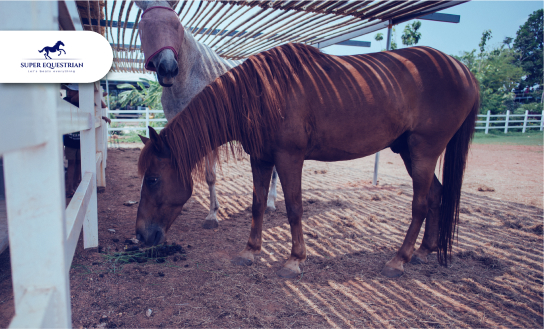
Common Equine Diseases and How ...

Equine Health Supplements: What Every ...
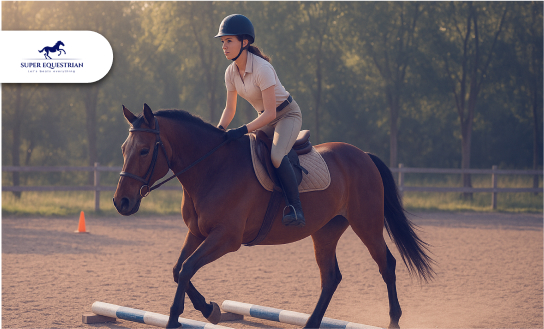
Jumping Basics: How to Prepare ...
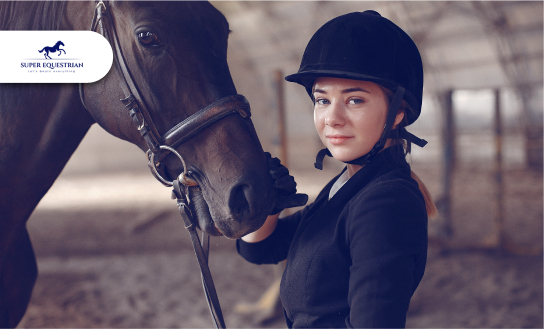
Essential Horse Riding Gear for ...
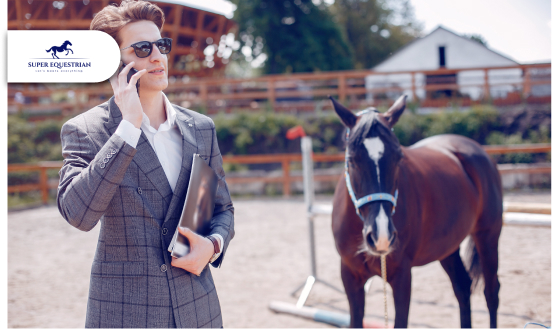
How to Balance Work, Life, ...

How to Balance Work, Life, ...
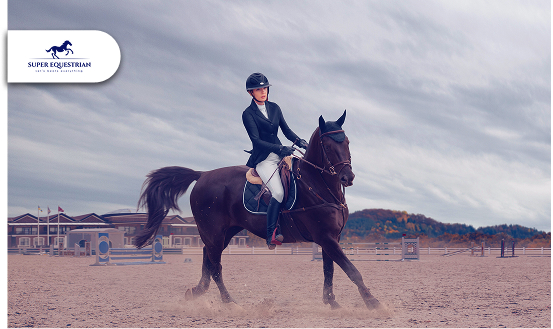
Top 5 Exercises to Improve ...
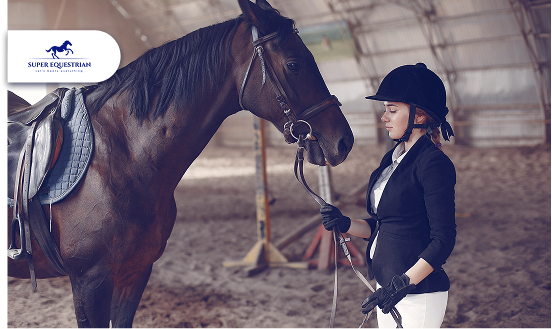
How to Build Confidence as ...
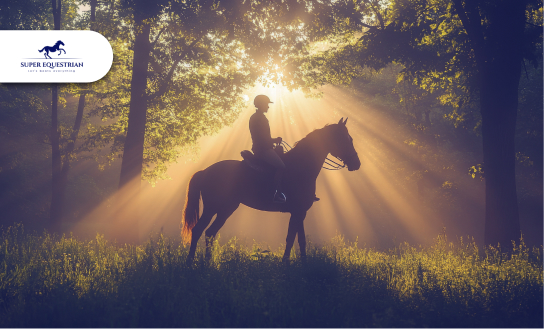
Spotlight on Equestrian Legends: Riders ...
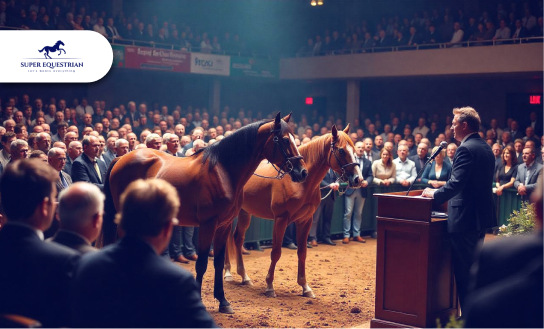
Horse Auctions and Sales...

Top Horse Friendly Travel Destinations ...

How to Build Stronger Bonds ...

Upcoming Horse Shows and Competitions ...
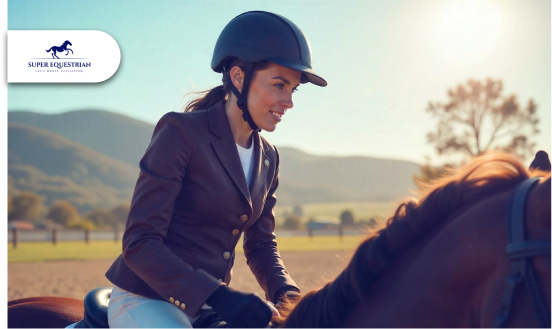
MIPS Equestrian Helmet The Future ...
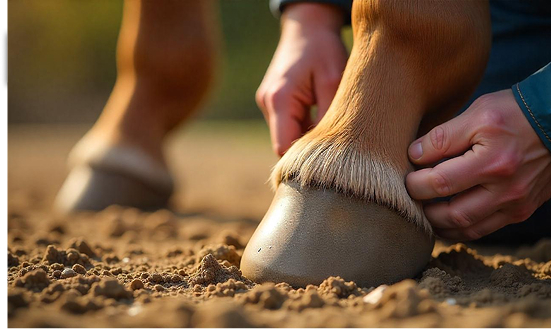
How to Recognize and Treat ...
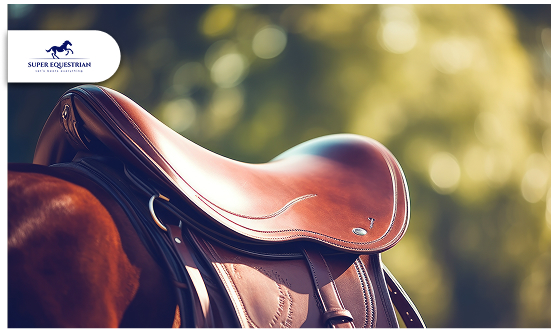
How to Choose the Perfect ...
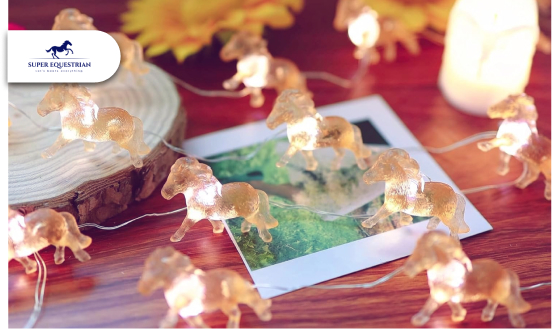
Horse-Themed Gifts Unique Ideas ...
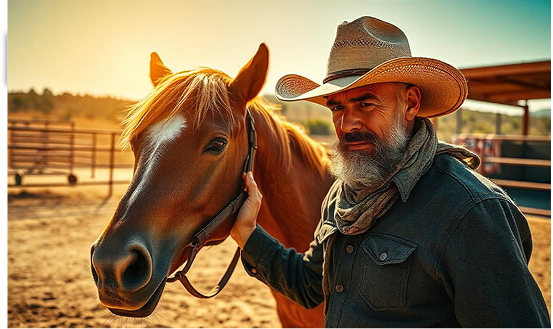
Horse Training Techniques: Creating A ...
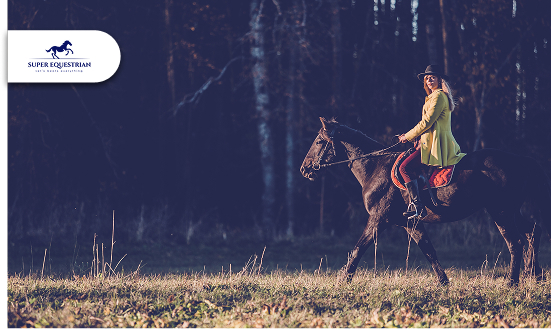
Horseback Riding Lessons – Everything You ...
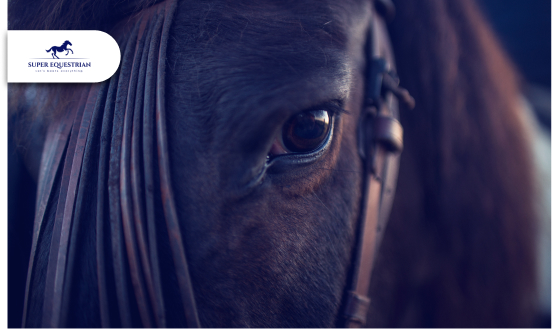
Horse Photography Tips: Learn the ...
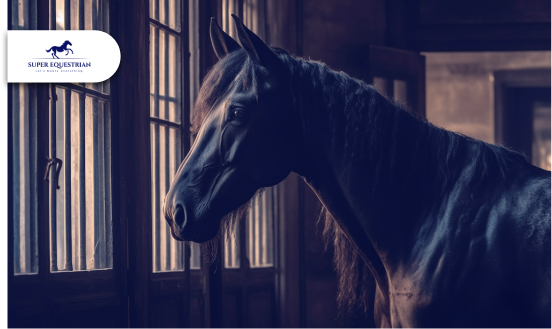
Horse Stable Management: The Quiet ...
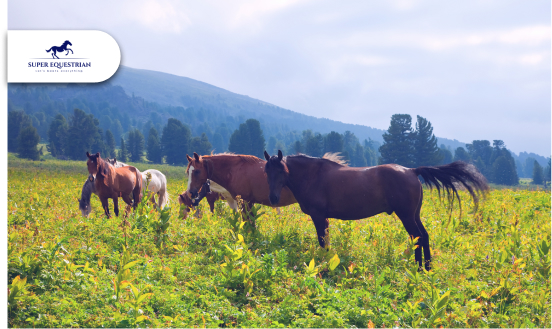
Horse Rescue Organizations: A Profound ...
Horse Racing Events A Look ...
Best Horse Manure Fork Six ...
What Are The Rarest Horses ...
What Does It Mean When ...
Horse Insurance Providers This Is ...

Horse Behaviour and Psychology: Learn ...

How Much Does a Horse ...
.jpg)
Best Monoflap Saddles For Your ...
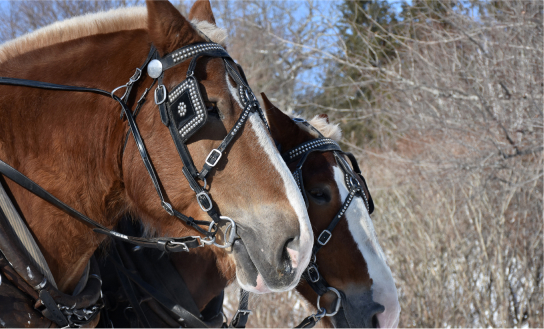
Best Hackamore For Barrel Racing...
.jpg)
Best Barrel Racing Reins Top ...
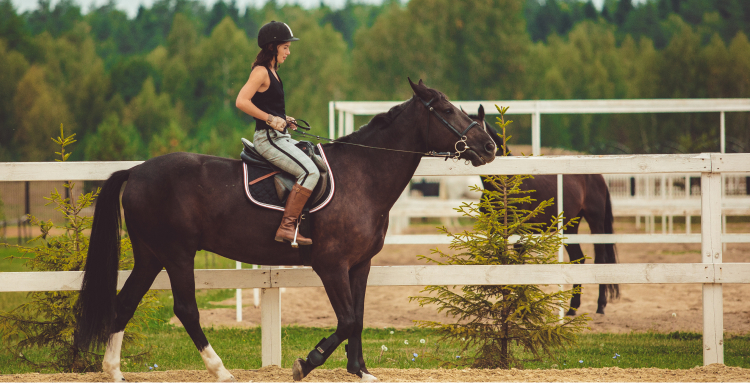
Horse Anatomy And Physiology: Facts ...
.jpg)
Best Stirrups For Ankle Pain - ...
.jpg)
Horse Care Tips and Tricks: ...
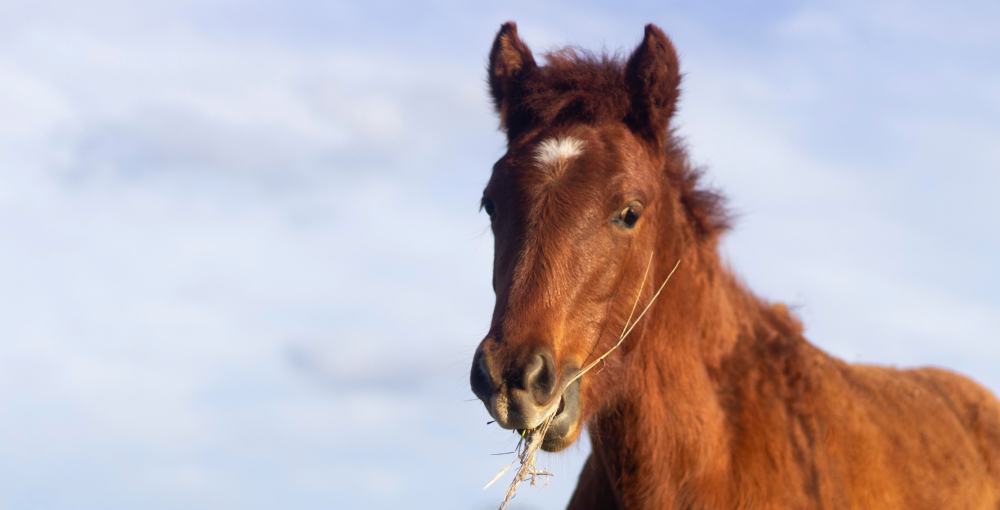
What Do Wild Horses Eat- ...
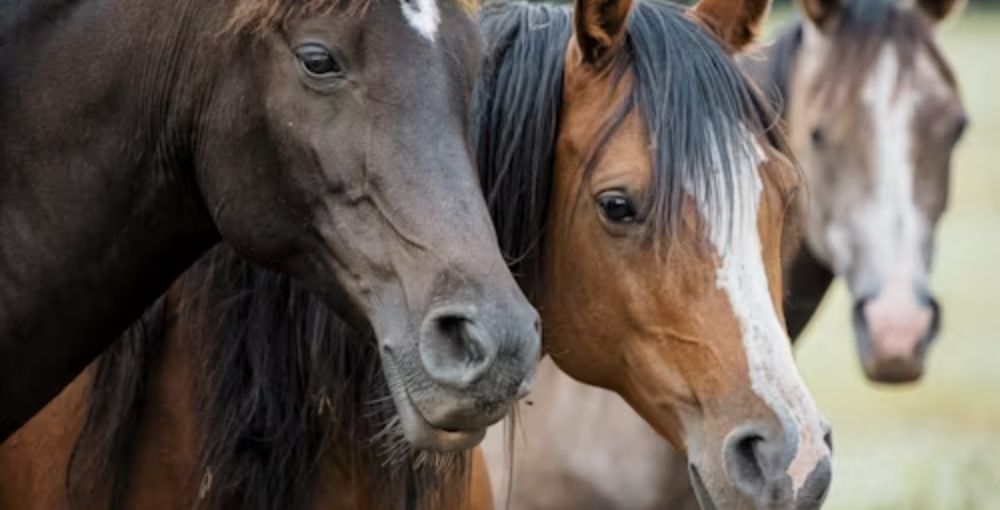
Horse Breeds and Characteristics: How ...
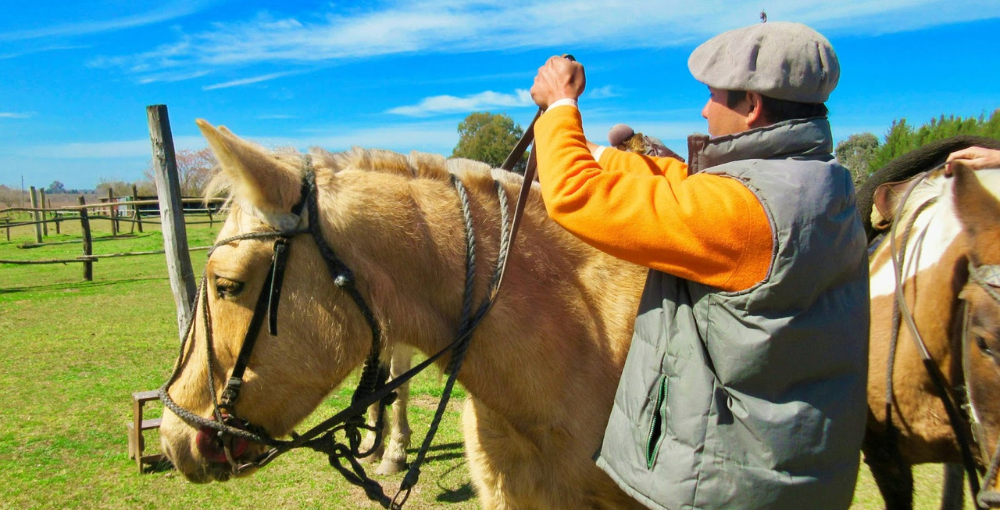
Best Barrel Racing Reins - Top ...

Horse Breeds and Characteristics: How ...
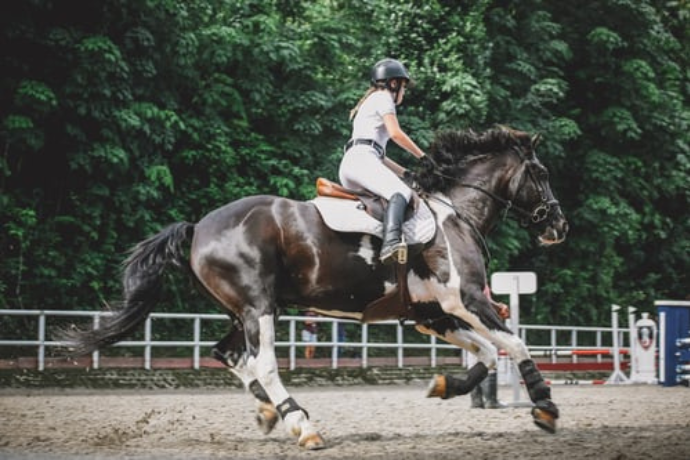
Best Breeches For Curvy Riders...
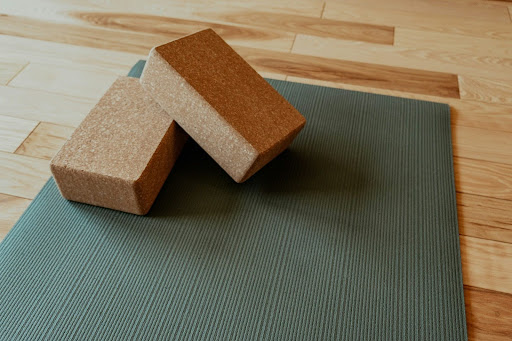
Best Stall Mats For Horses - ...

Best Horse Brushes ( A Thread ...

Best Saddle Rack ( Keep Your ...

Best Bit For Training a ...
.jpg)
10 Morgan Horse Show Held ...
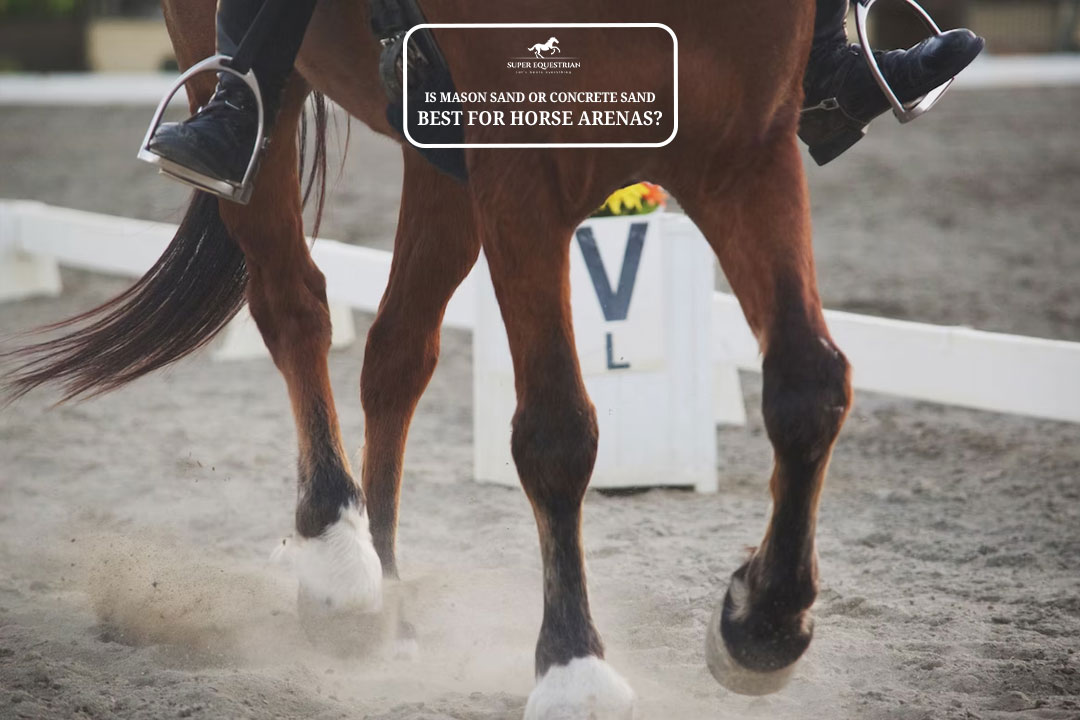
Is Mason Sand Or Concrete ...
.jpg)
Best Girth For Your Horse ...
.jpg)
Ranch Cutter vs Cowhorse Saddle? ...
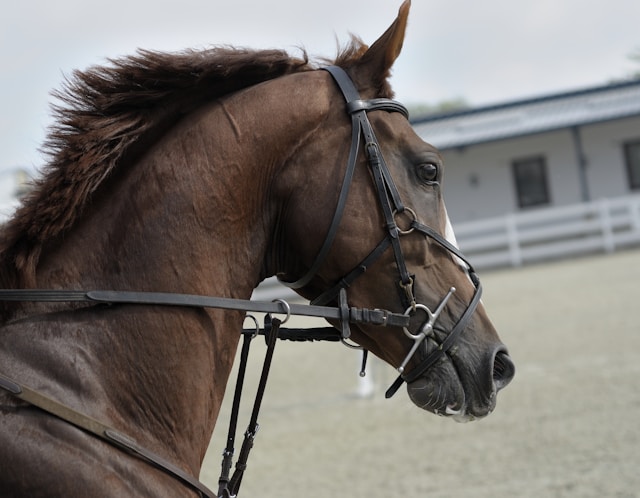
Types of Horse Bit and ...
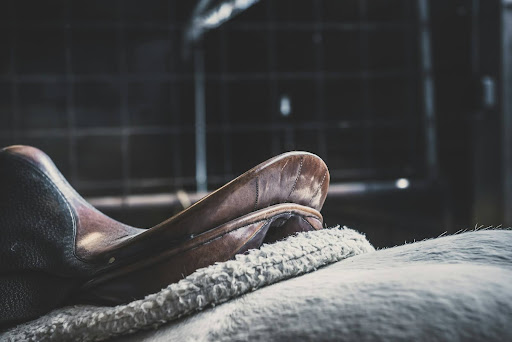
Is Hilason a Good Saddle ...
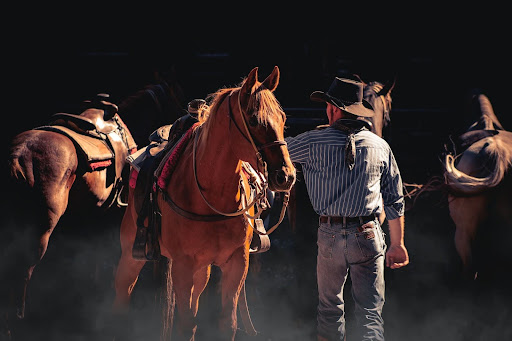
How to choose a bit ...
.jpg)
Best Salt Blocks For Horses...
.jpg)
Types of Horse Brushes (Equine ...
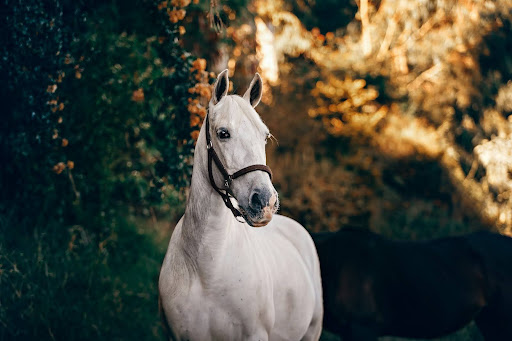
How To Get a Horse ...
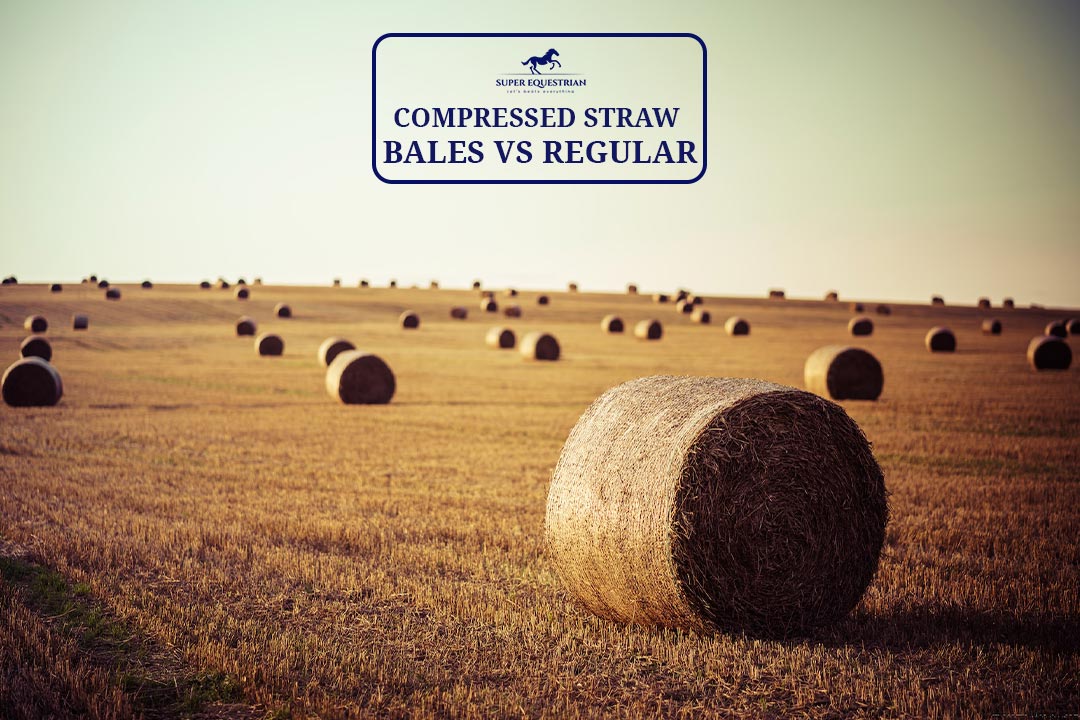
Compressed Straw Bales Vs Regular? ...
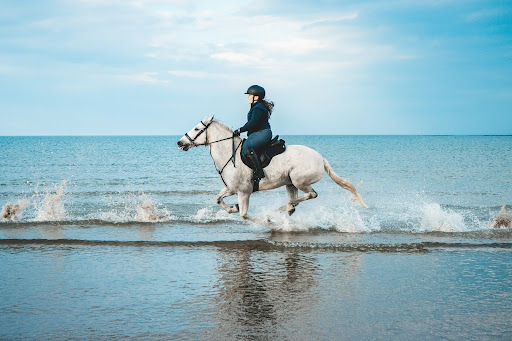
Horse Riding Lessons For Intermediate ...

Horse Trailer Brands To Avoid...

Strawberry Roan vs Red Roan? ...
.jpg)
Gelding vs Stallion...
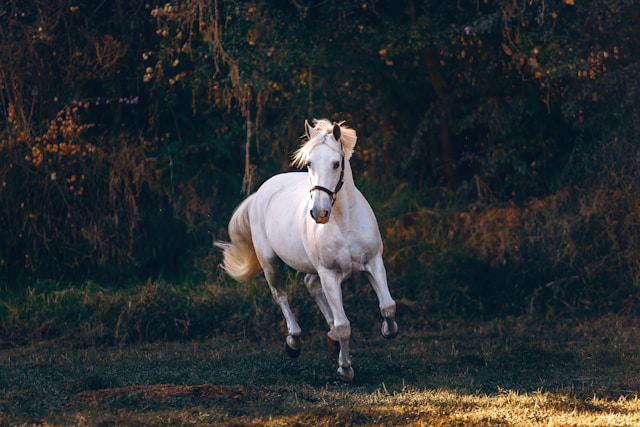
Why Does a Horse Whinny? ...
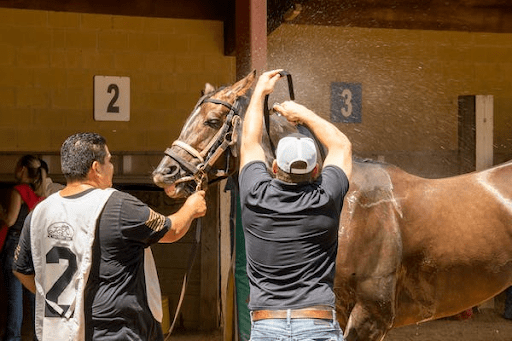
How to Clean a Rusty ...
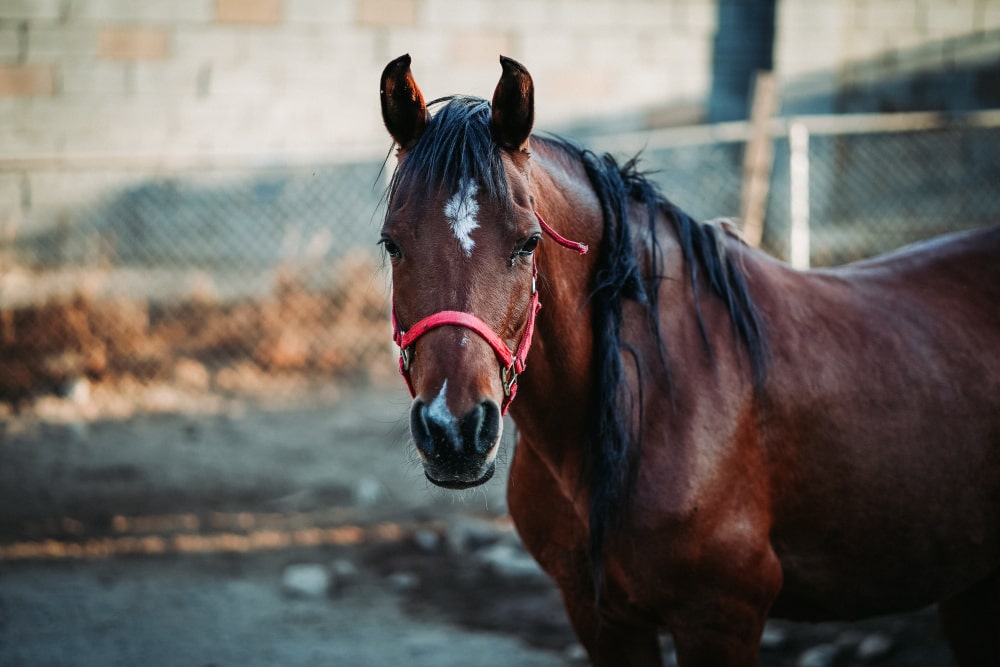
Why Do Horses Foam at ...
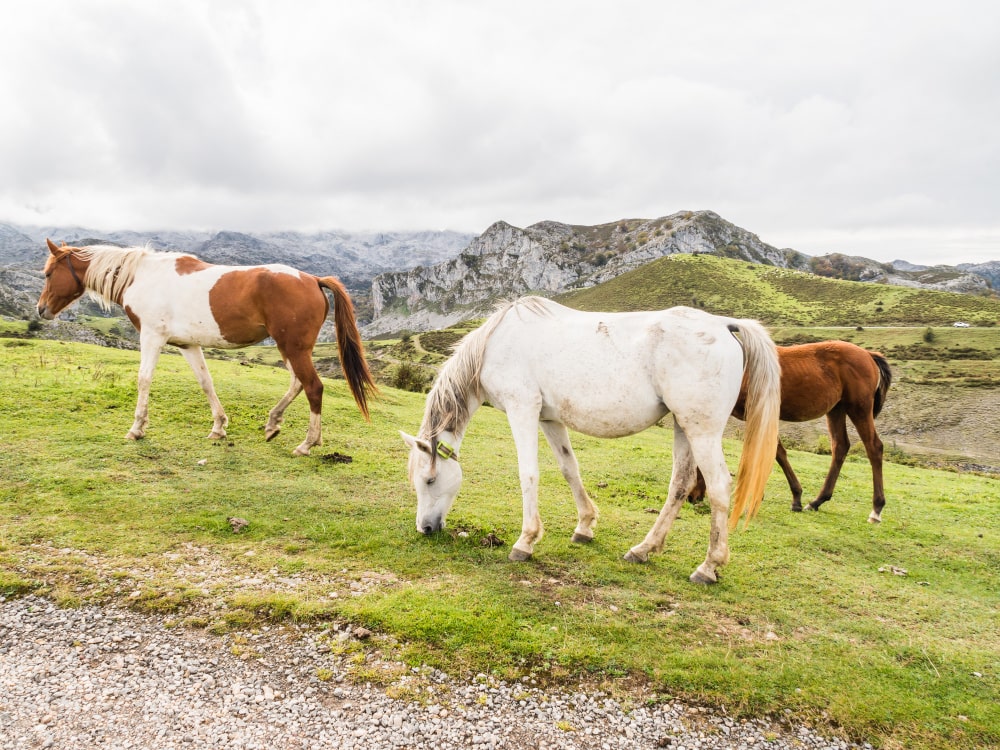
Why Do Horses Bob Their ...

Nutrition Unveiled: Triple Crown Senior ...
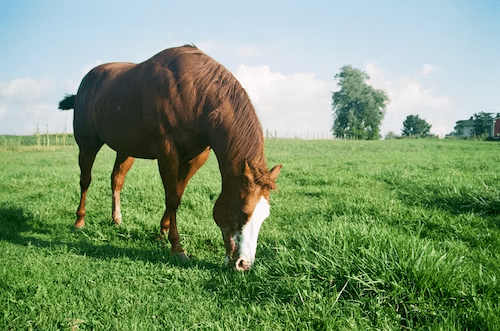
Pasture Pro Vs. Grazon: Horse-...
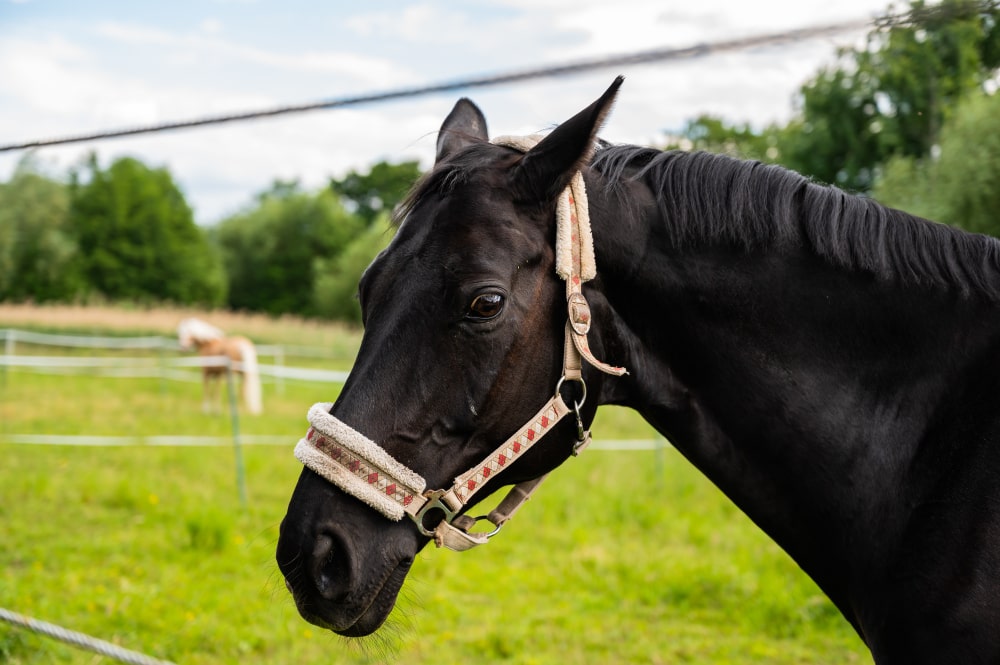
Dutch Gag Vs. Pelham: Bits ...
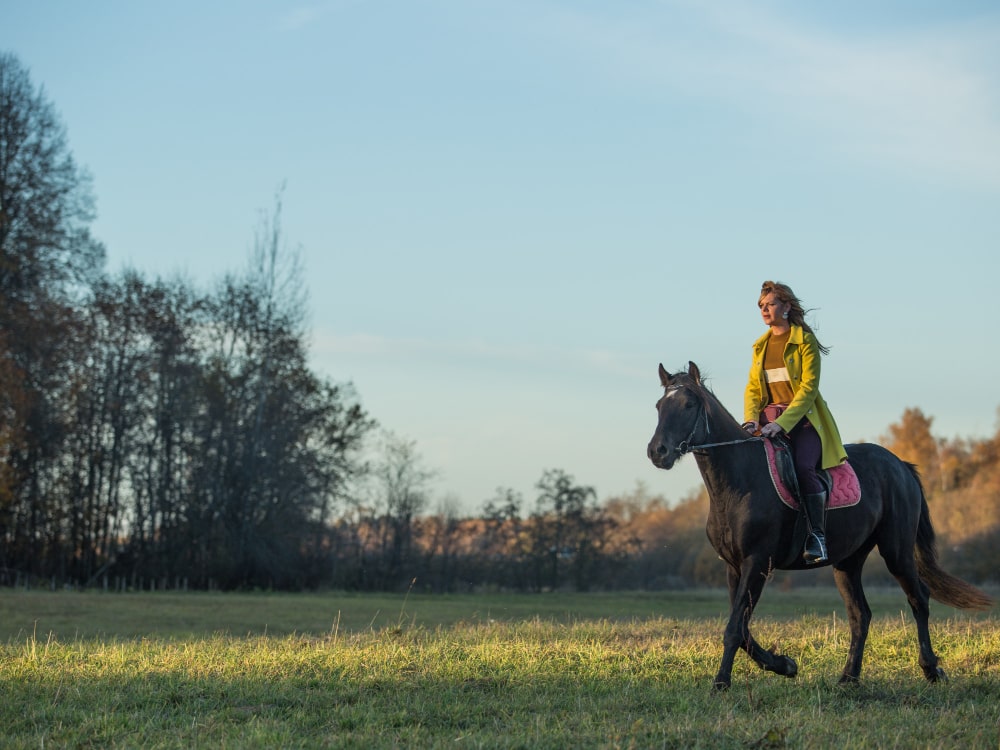
Walking Horse vs Racking Horse: ...
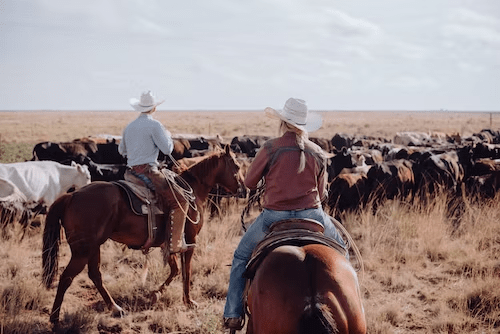
Wade vs Association Saddle: Your ...
.jpg)
Step Up vs Ramp Horse ...

Bosal vs Hackamore: A Head-...
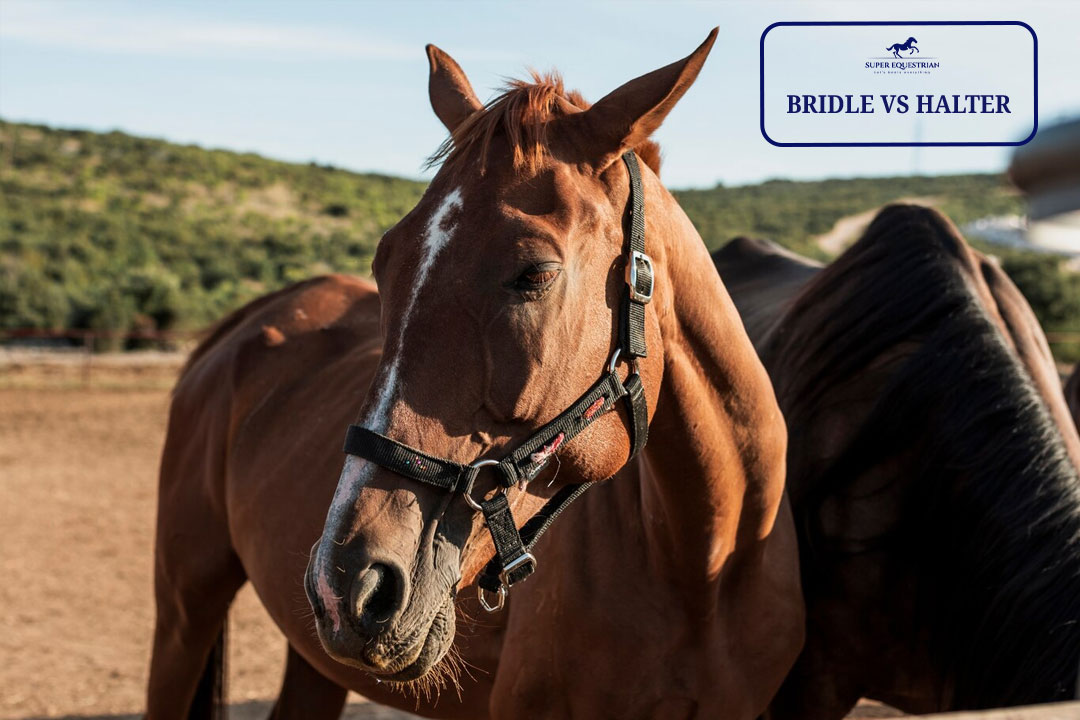
Bridle Vs Halter: Which One ...

Paddock Boots Vs Riding Boots: ...

Shadow Horse Trailer Problems: Causes, ...
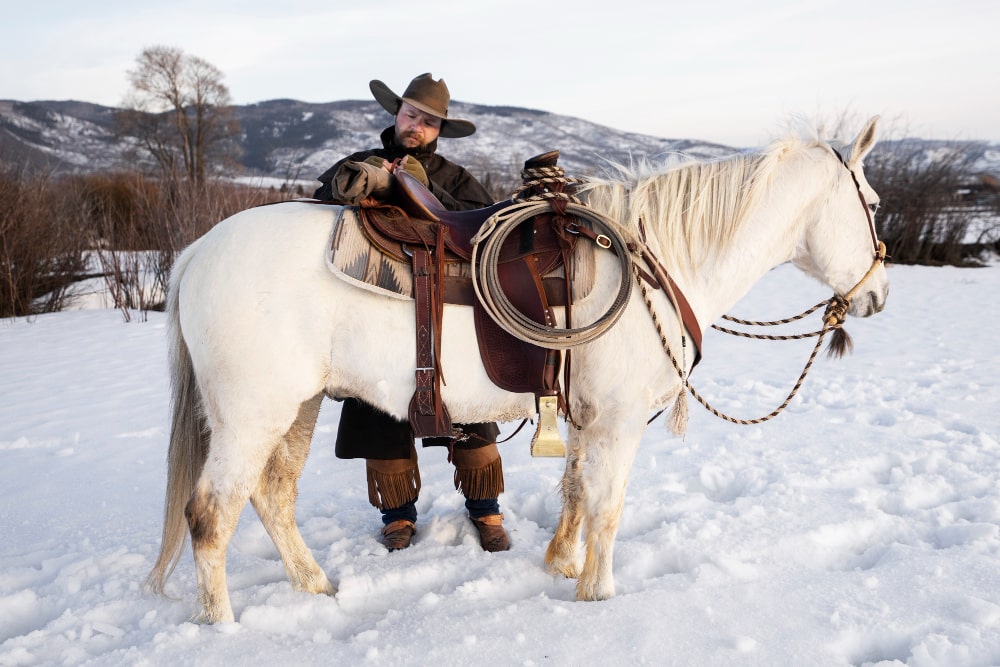
Are Billy Cook Saddles Good - ...

Let's Start at the ...
Benefits of Beet Pulp for ...
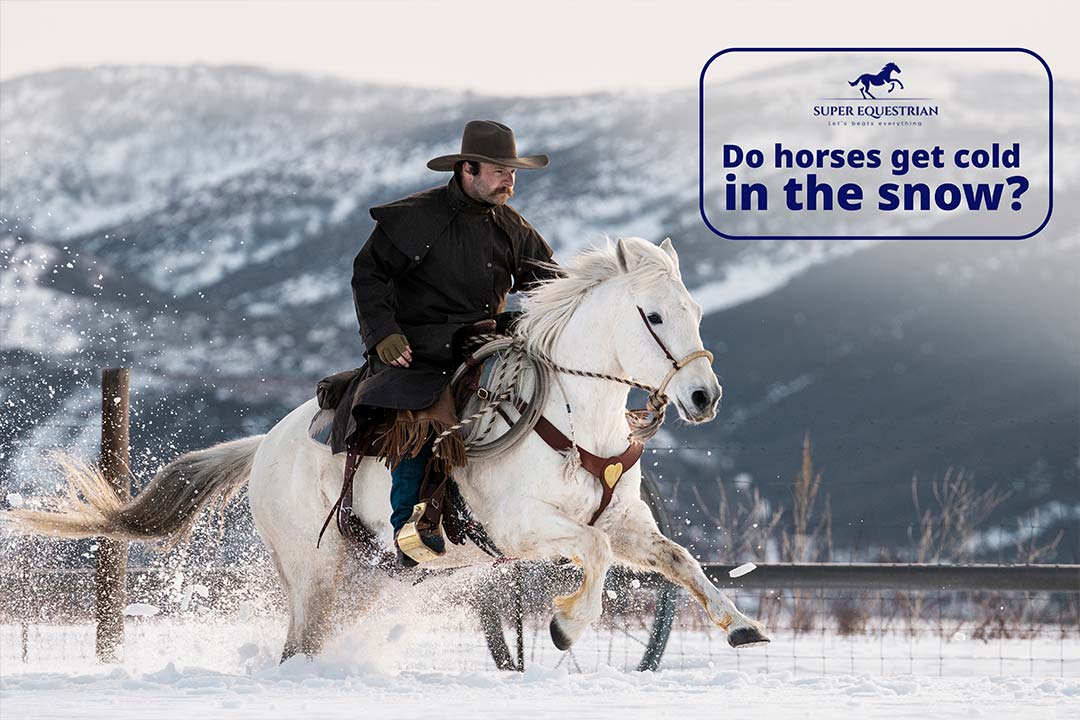
Do horses get cold in ...
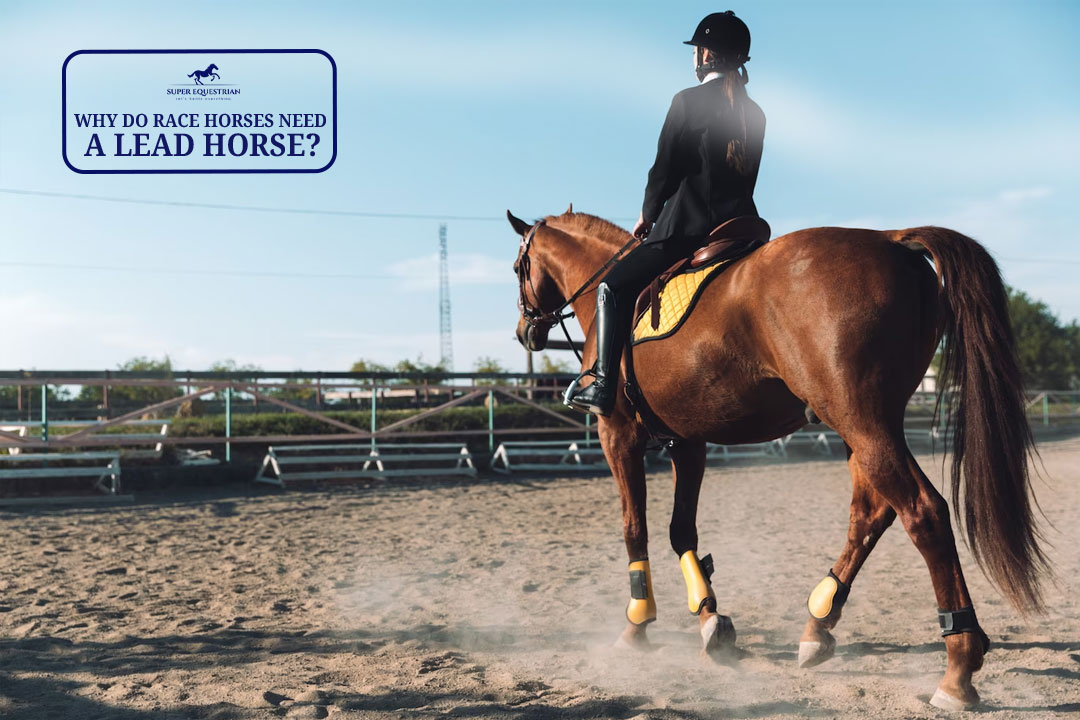
Why Do Race Horses Need ...
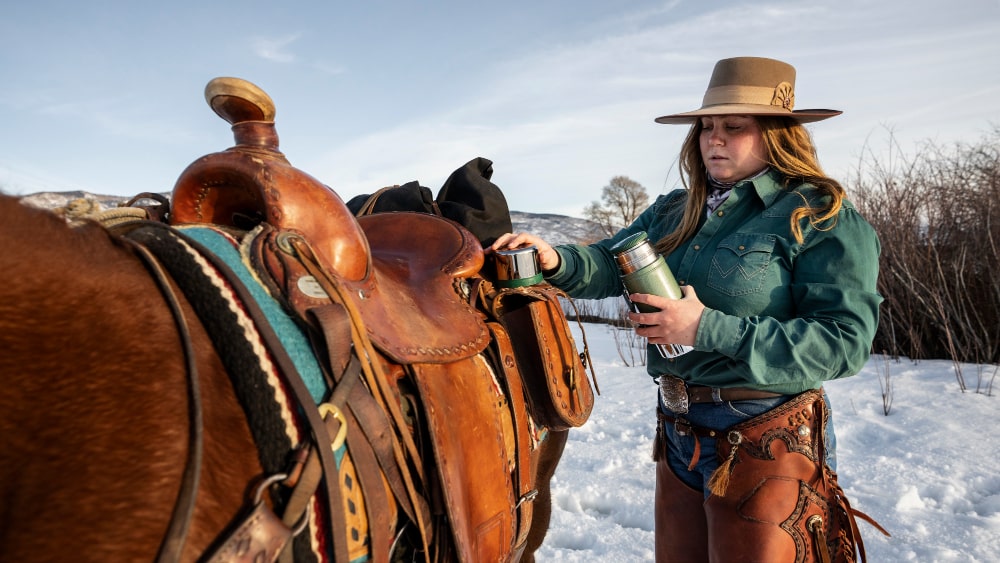
Ranch Saddle vs. Roping Saddle: ...

Round Pen vs Square Pen ...

Must Have Horse Trailer Accessories: ...
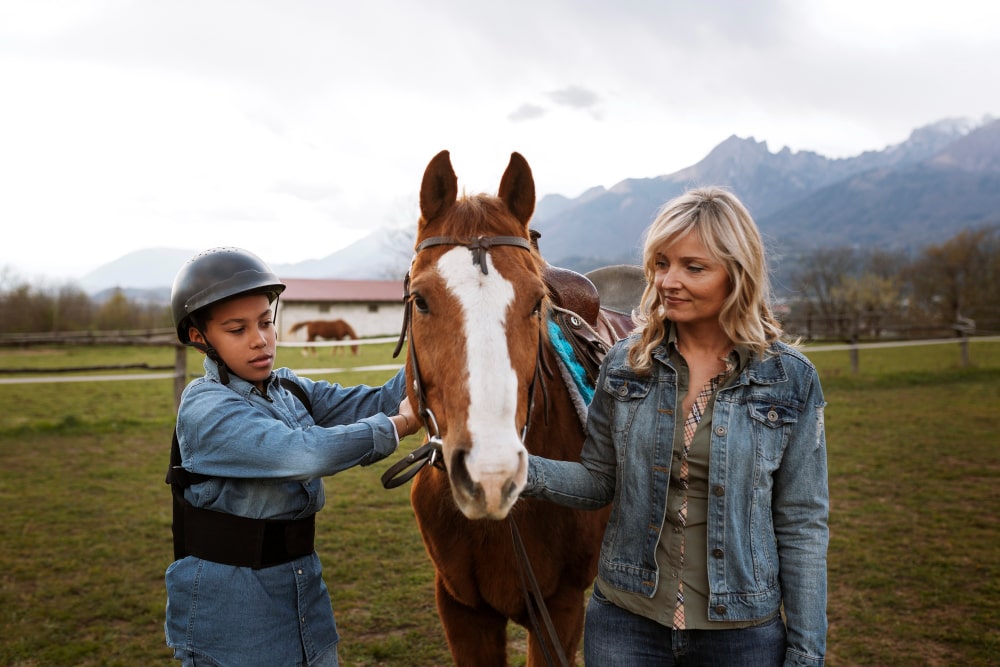
Is MIPS Worth for Equestrian?...
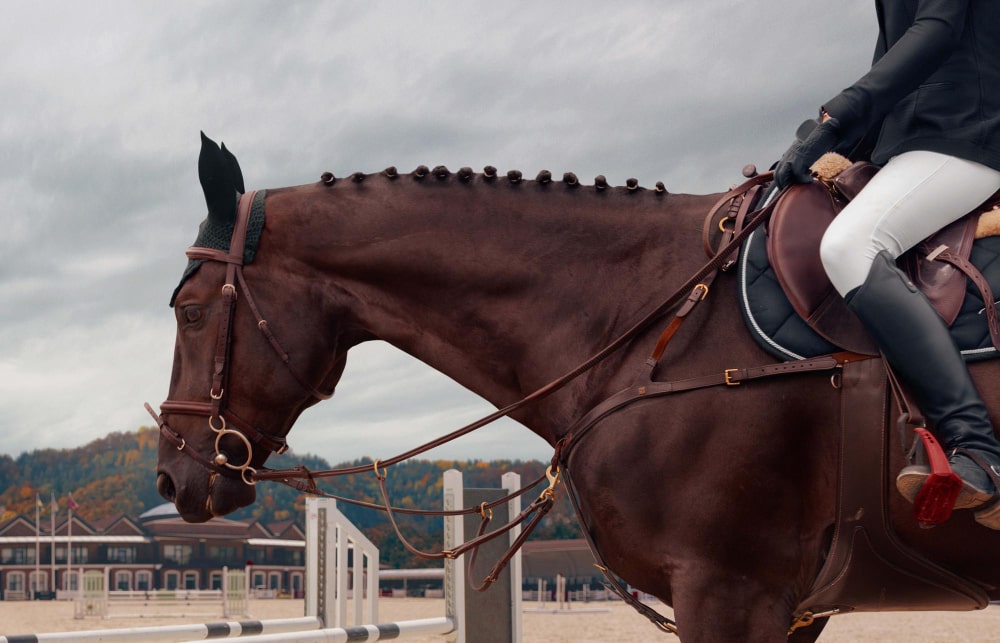
Natural Horsemanship vs Positive Reinforcement: ...

How to Mount a Horse ...
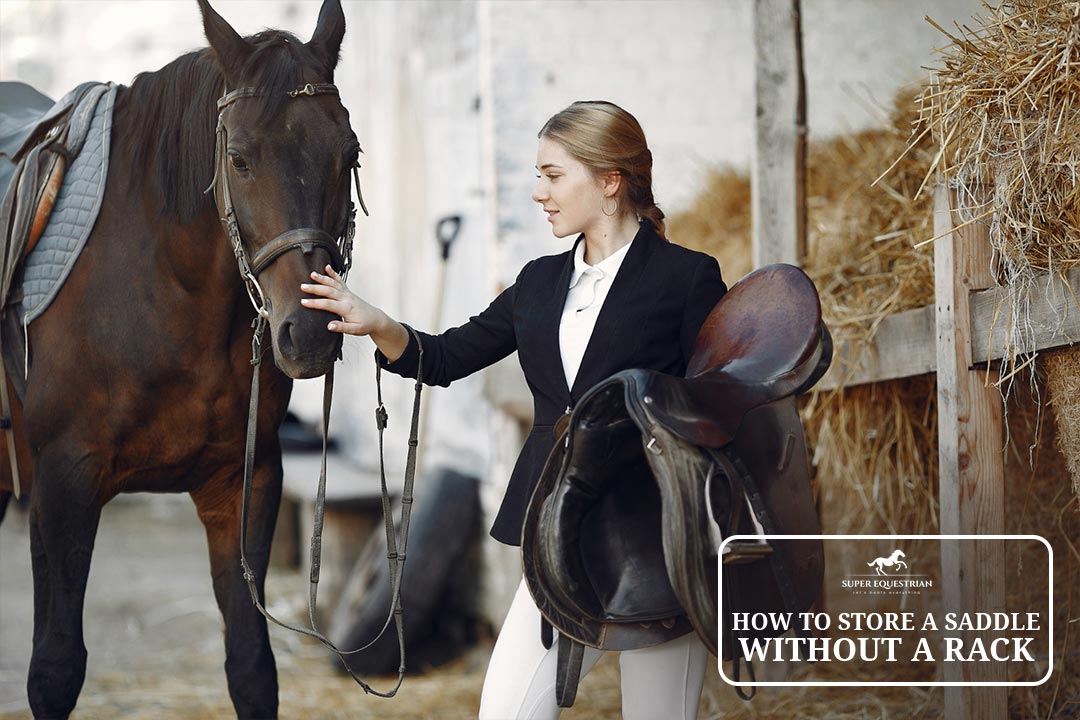
How to Store a Saddle ...
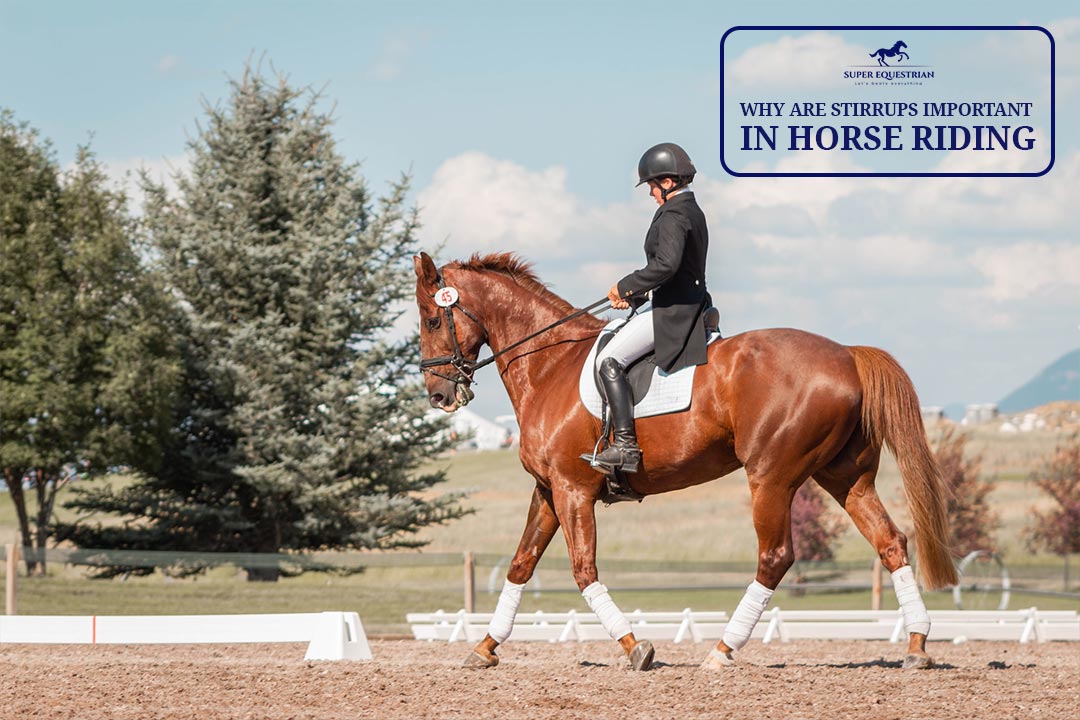
Why are Stirrups Important in ...
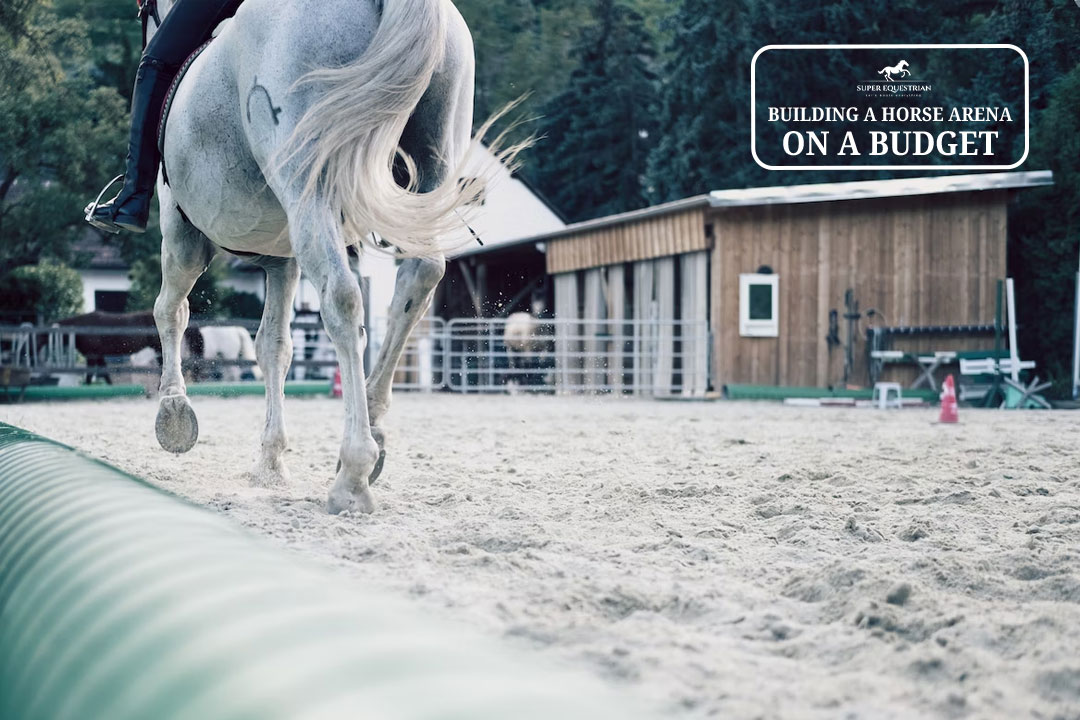
Building a Horse Arena on ...

How to Make Horse Treats ...

Order of Grooming a Horse...

Horse Riding Lessons Plan: The ...

Horse Trailer Roof Replacement and ...
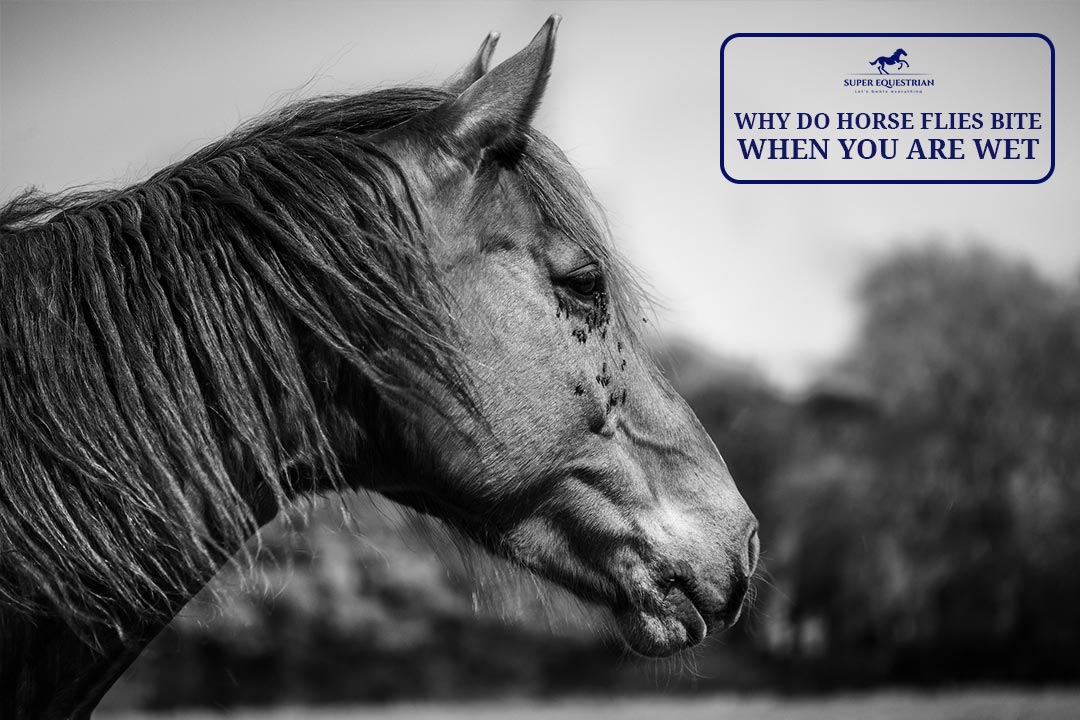
Why Do Horse Flies Bite ...
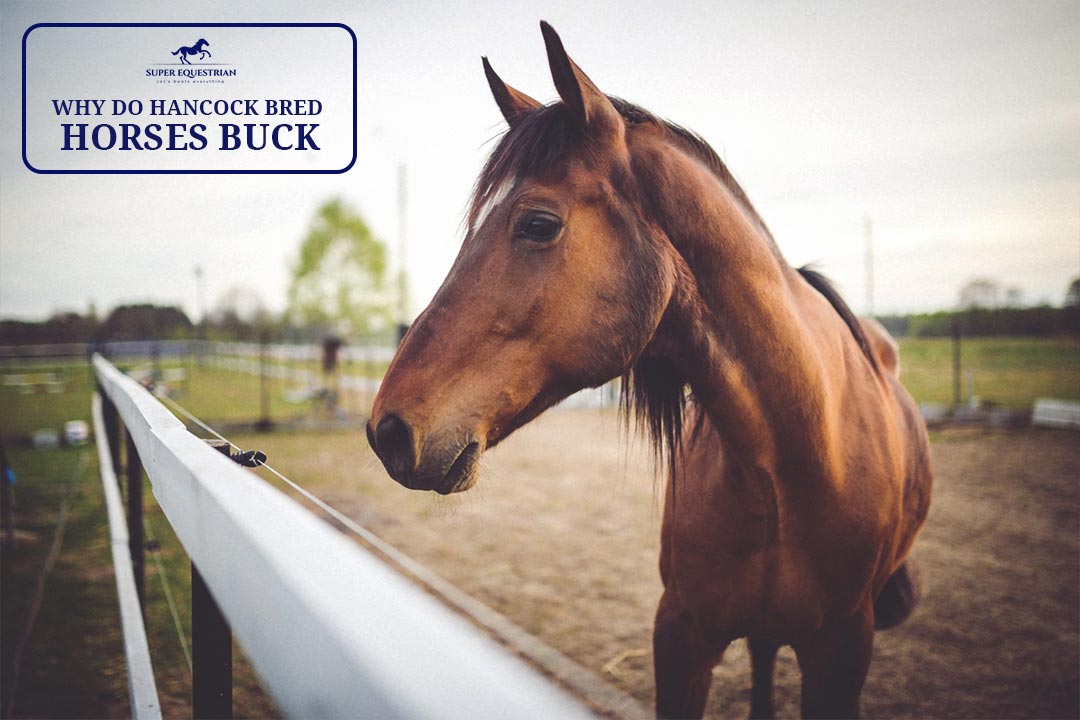
Why Do Hancock Bred Horses ...

Quarter Horse Bloodlines to Avoid...
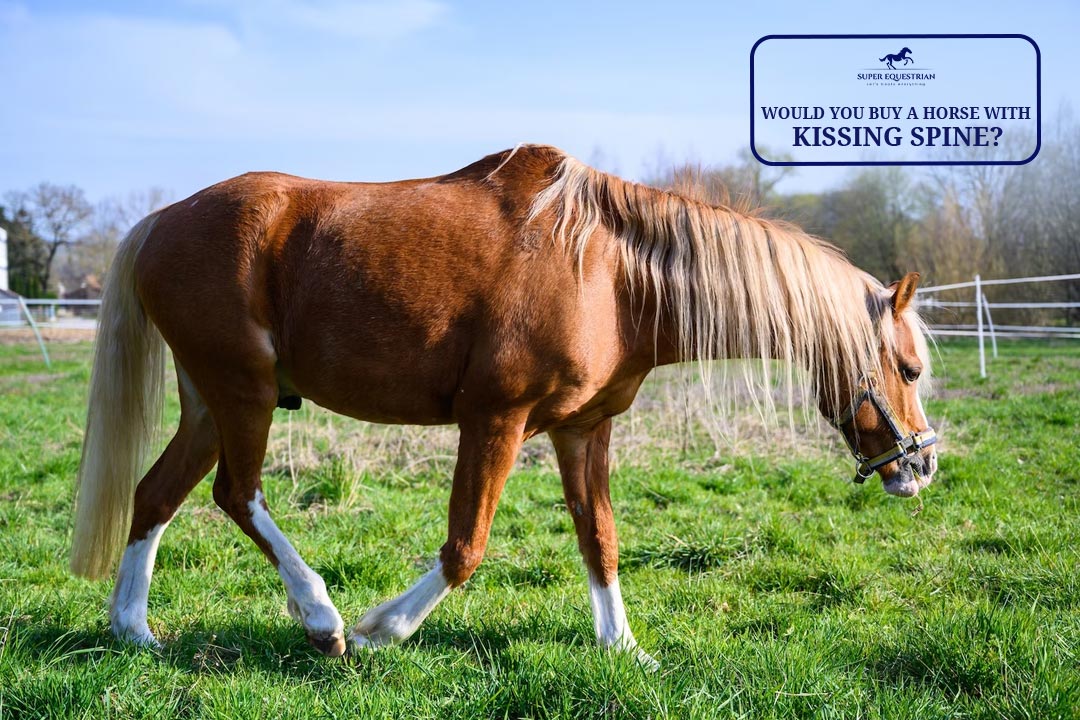
Would You Buy a Horse ...
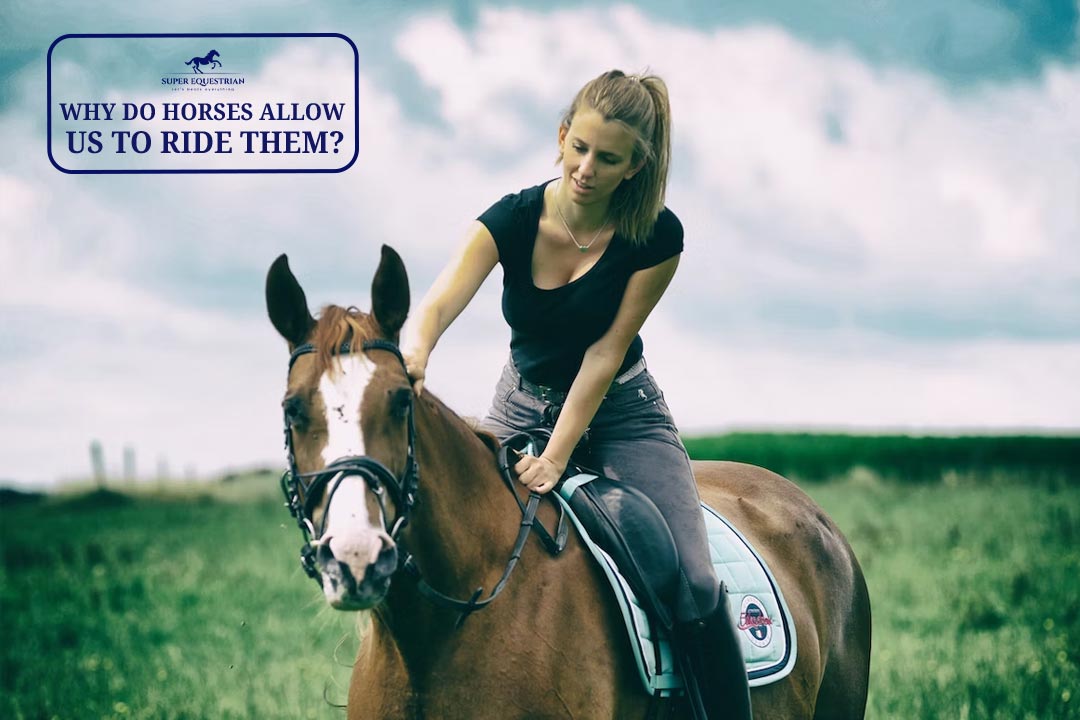
Why Do Horses Allow Us ...
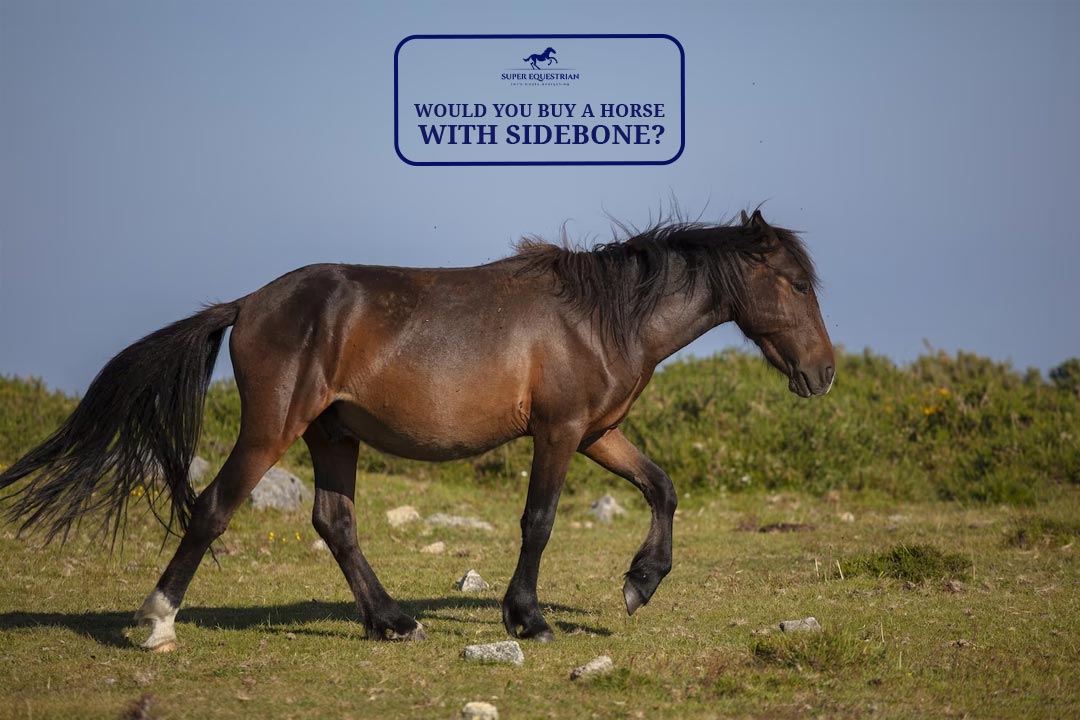
Would you buy a horse ...

Why Are Klapper Bits So ...
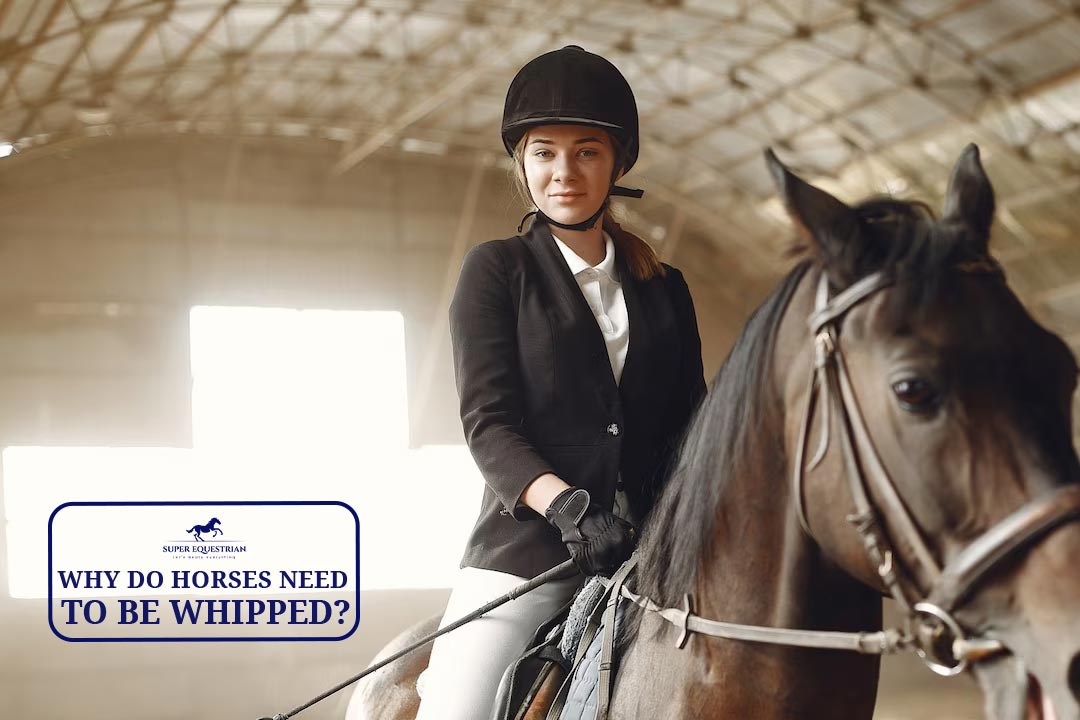
Why do horses need to ...

Why do you mount a ...
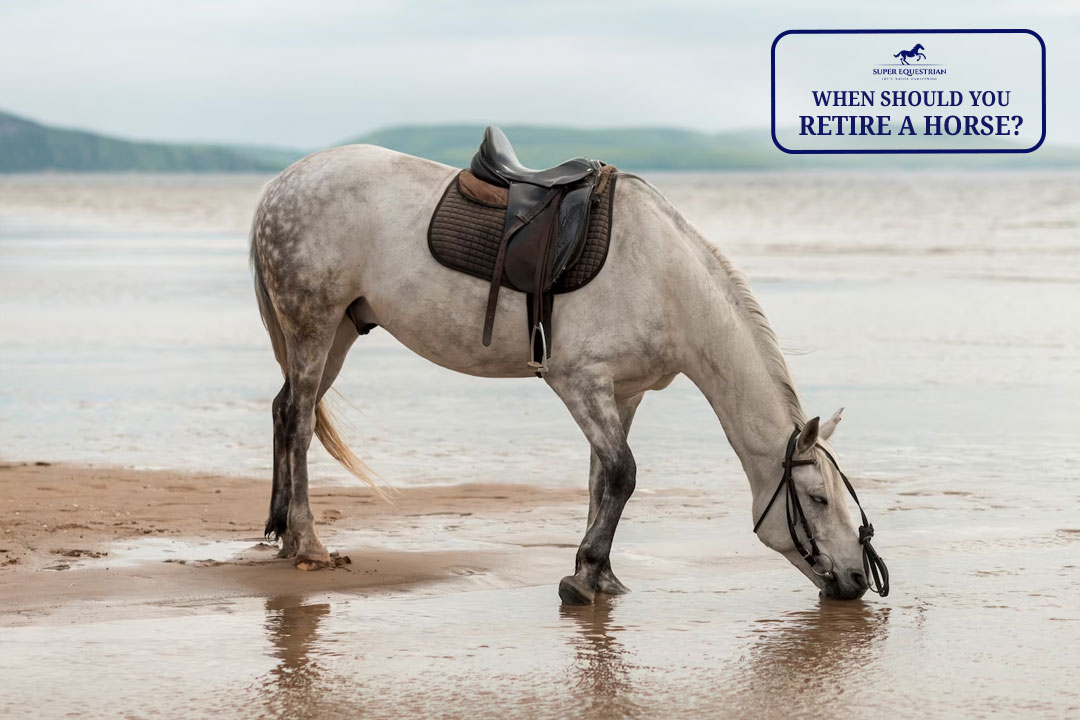
When Should You Retire A ...

Why Are Horses Whipped When ...
.jpg)
Why Do Horses Have A ...
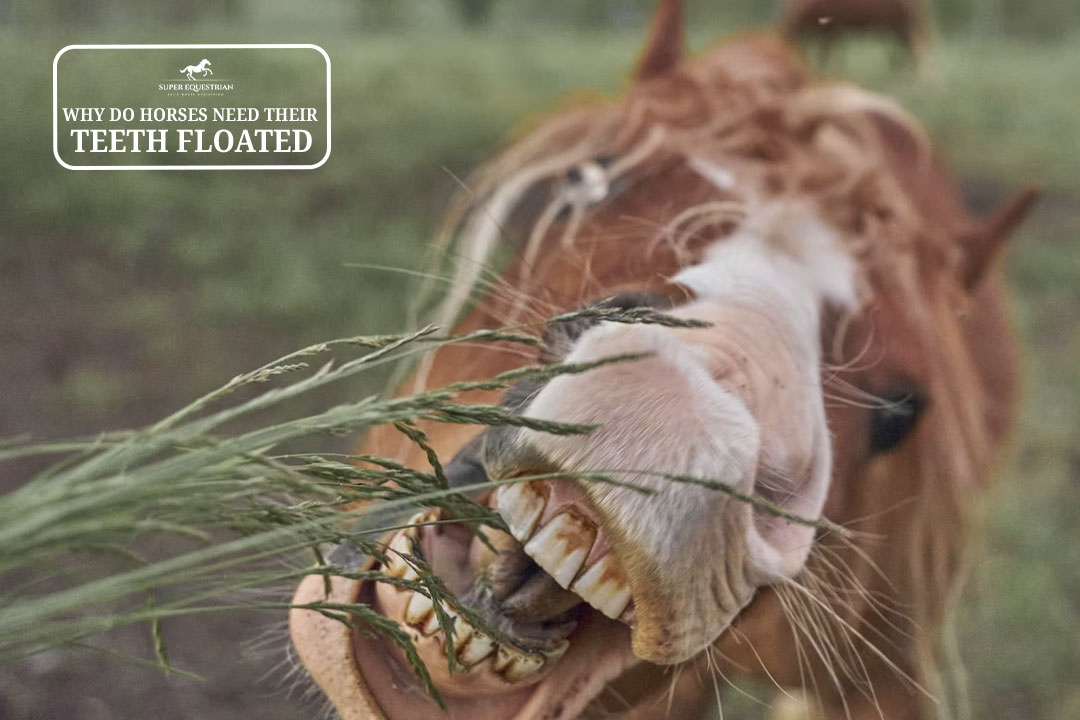
Why Do Horses Need Their ...

What To Do If Horse ...

What To Do If A ...
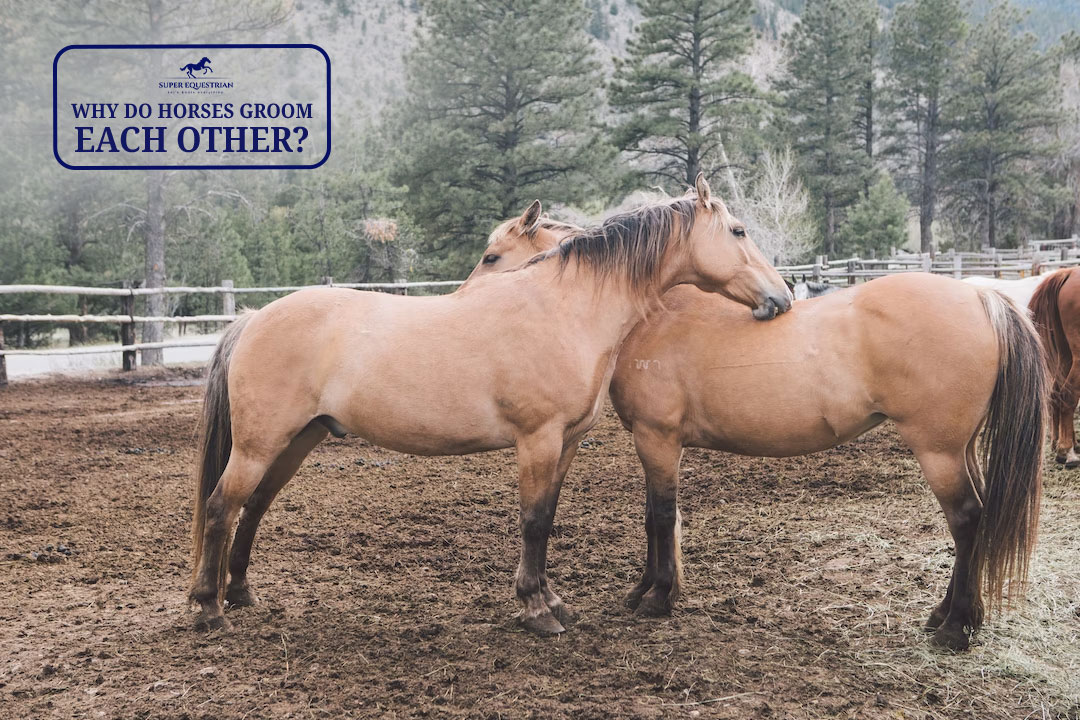
Why do horses groom each ...
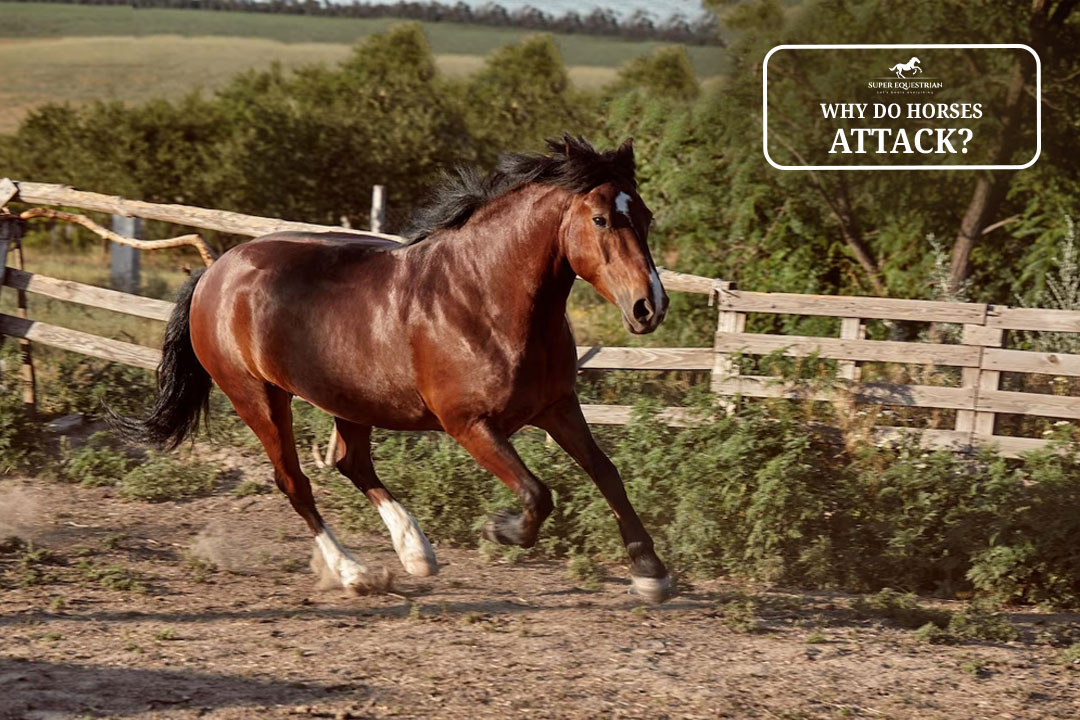
Why do horses attack...

Should I Use a Martingale ...

How to fit bell boots ...
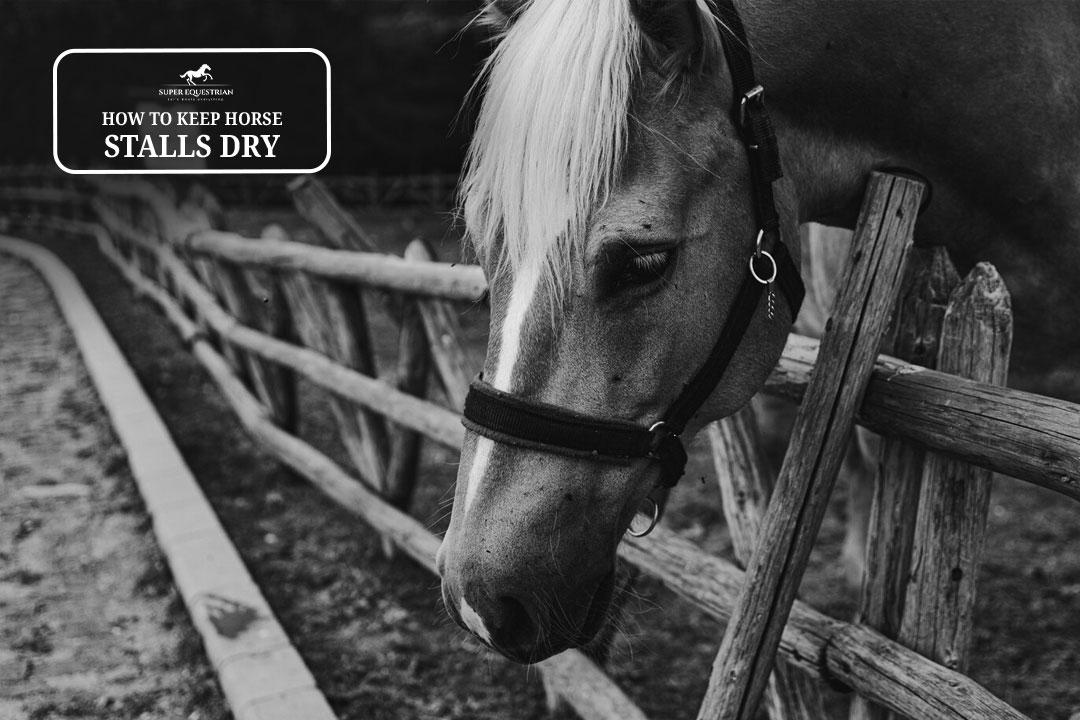
How To Keep Horse Stalls ...
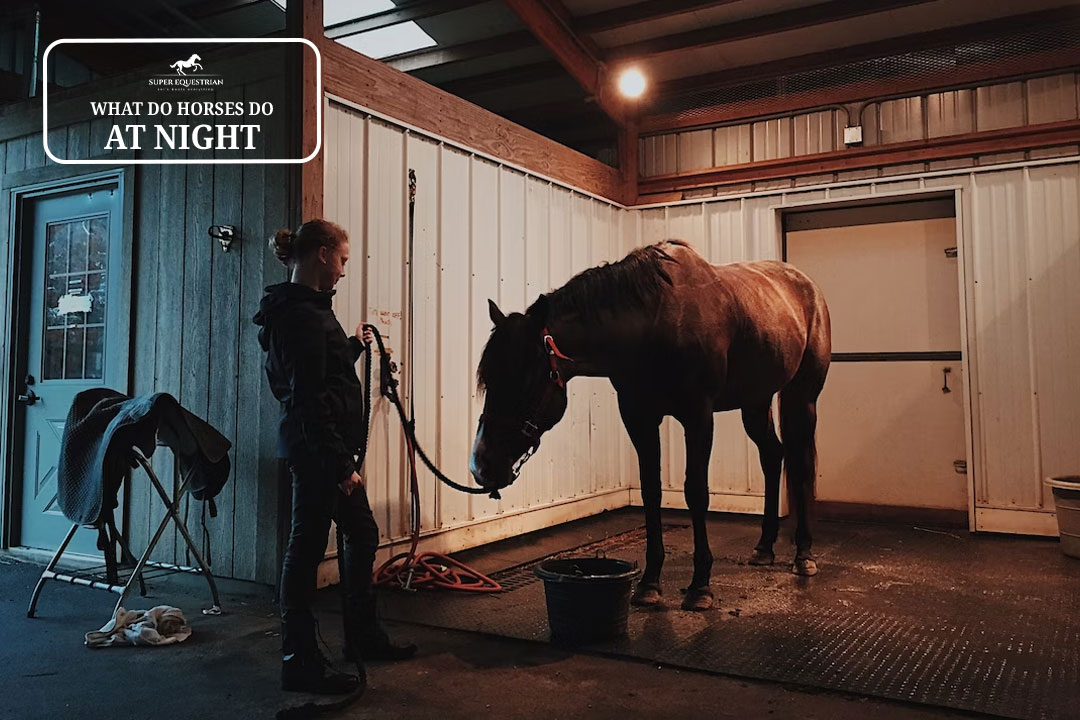
What Do Horses Do At ...
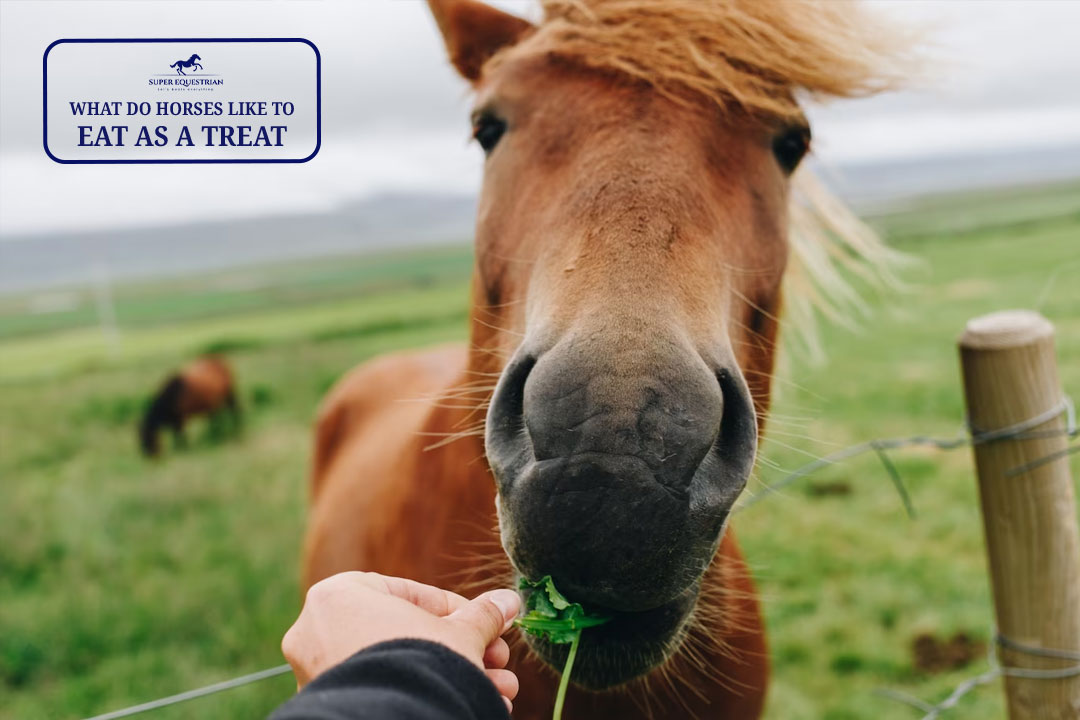
What do horses like to ...

Why do wild horses get ...
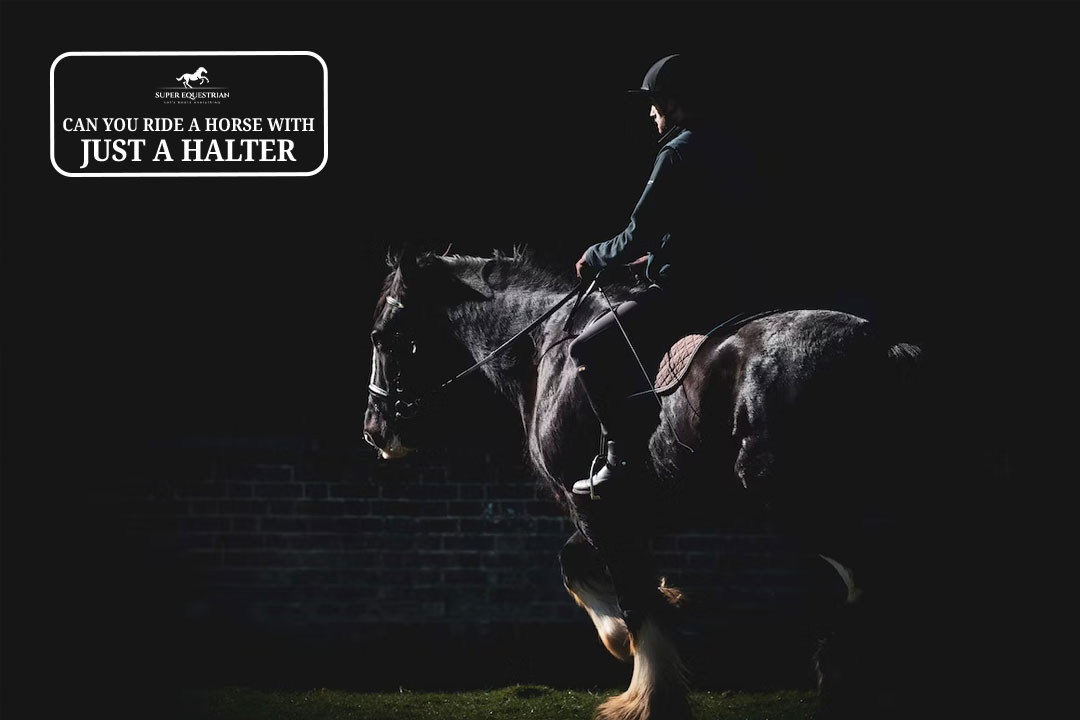
Can you ride a horse ...
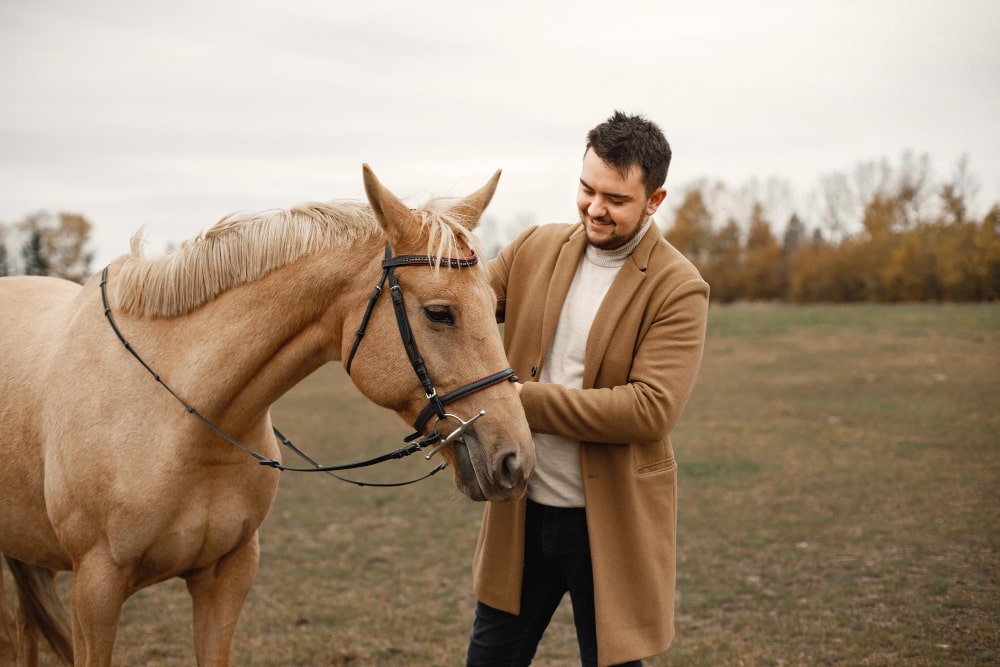
Are horses protective of their ...

Why racking horses are popular ...
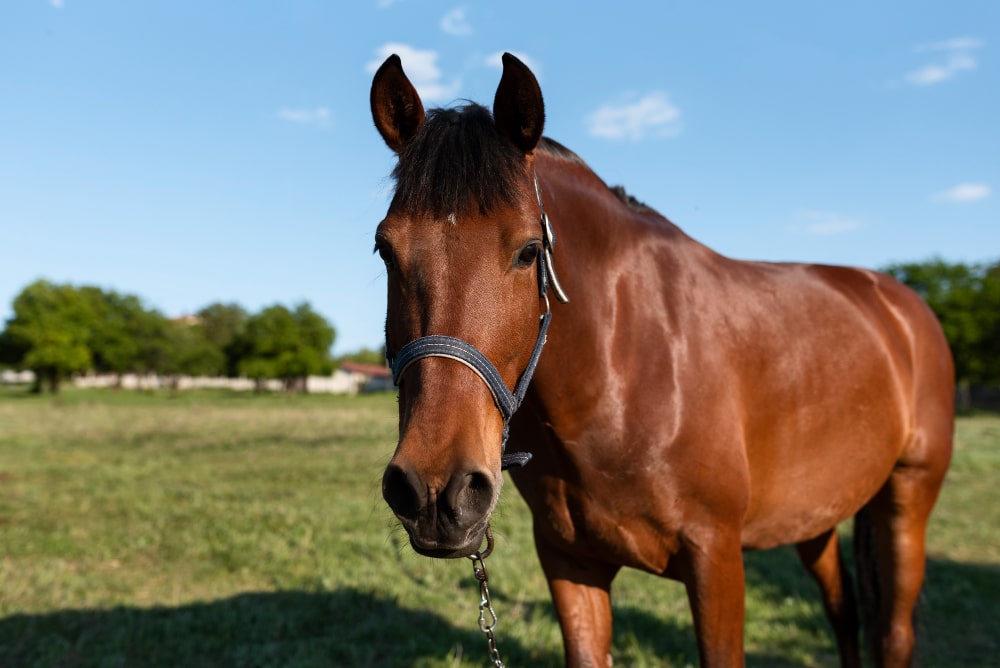
How To Keep Horses Off ...
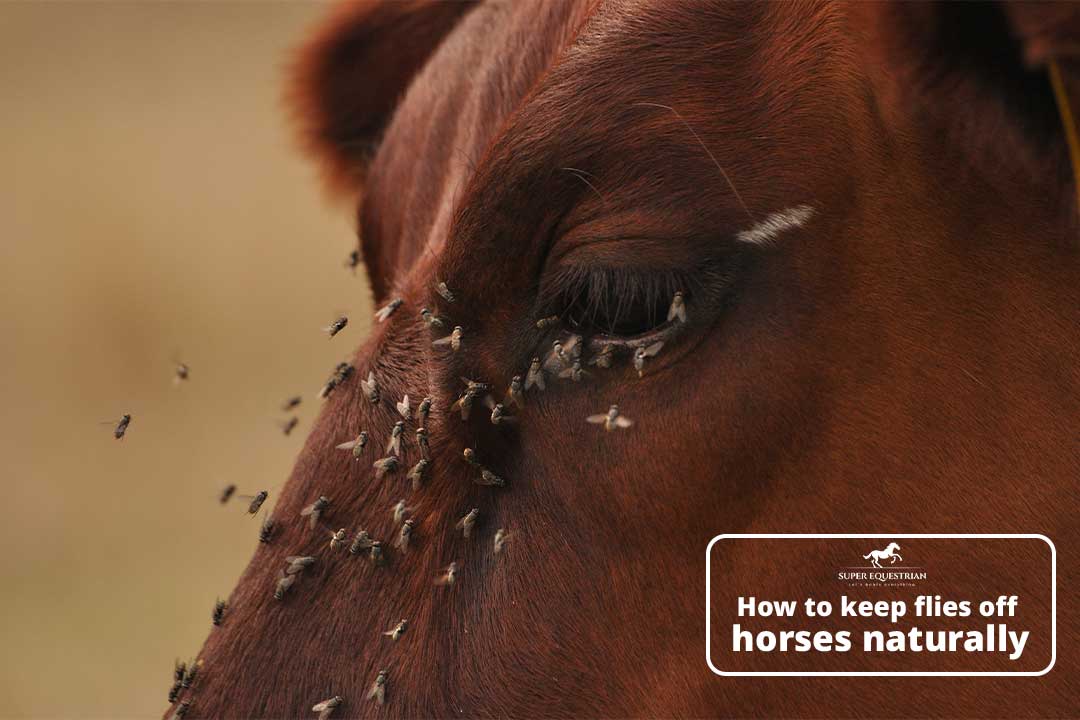
How to Keep Flies Off ...

Pros and Cons Using A ...
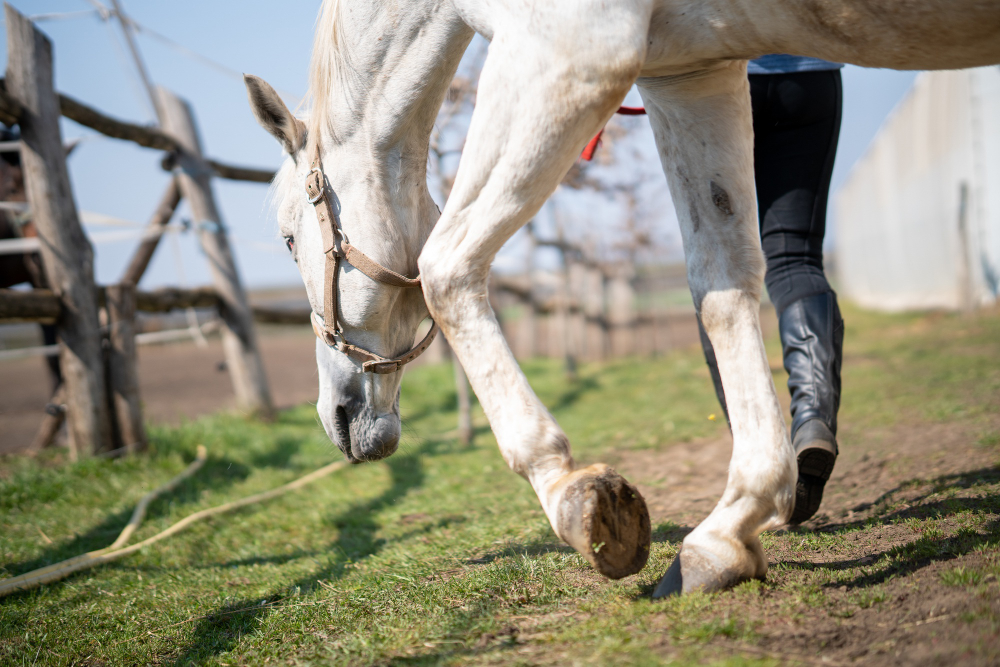
Can you ride a horse ...

Why are Corriente saddles so ...
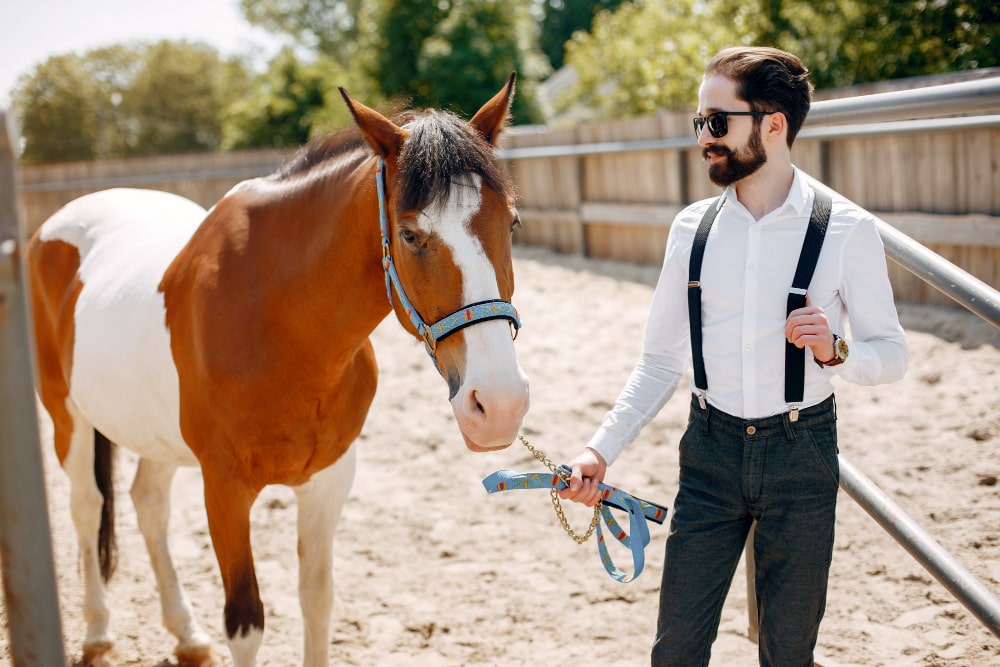
Pros and cons of equine ...
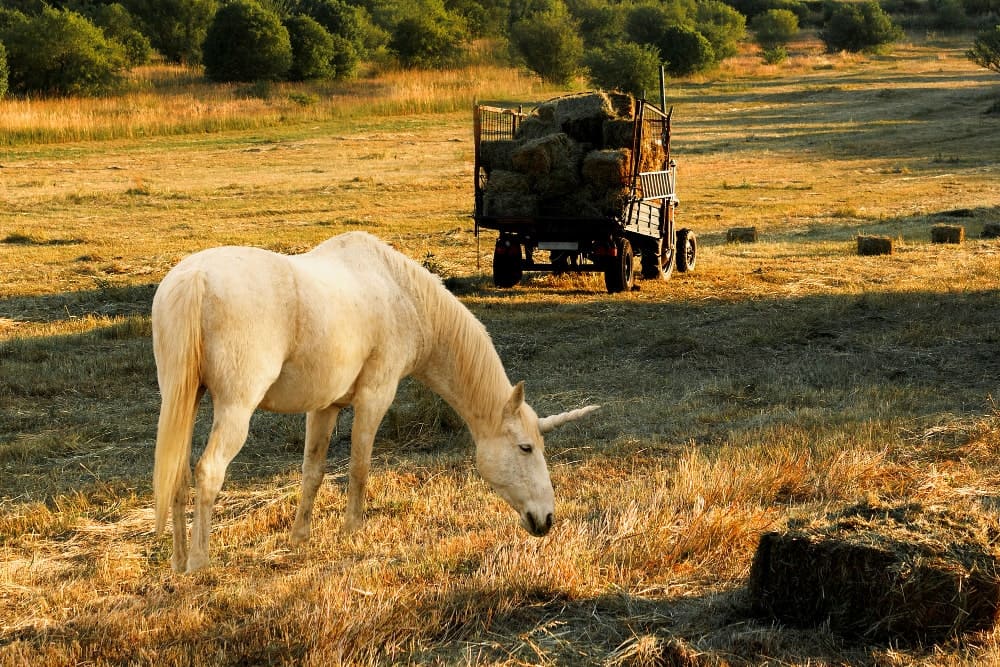
How Long After Mowing Can ...

How to Care for a ...
.jpg)
Why Do Horses Wear Blinders: ...
.jpg)
How to fit an exercise ...

Why is my horse bucking ...
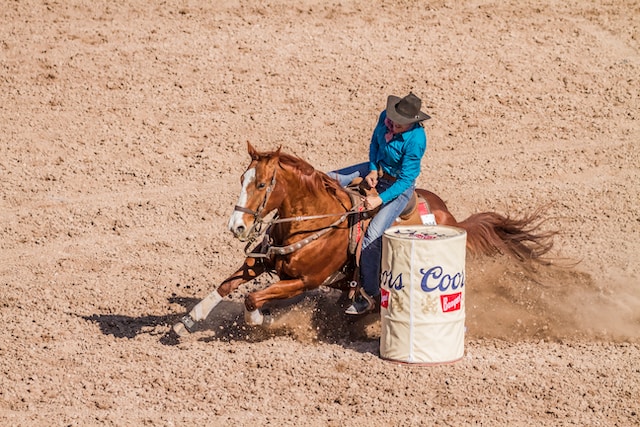
What causes a horse to ...

How to Stop a Horse ...
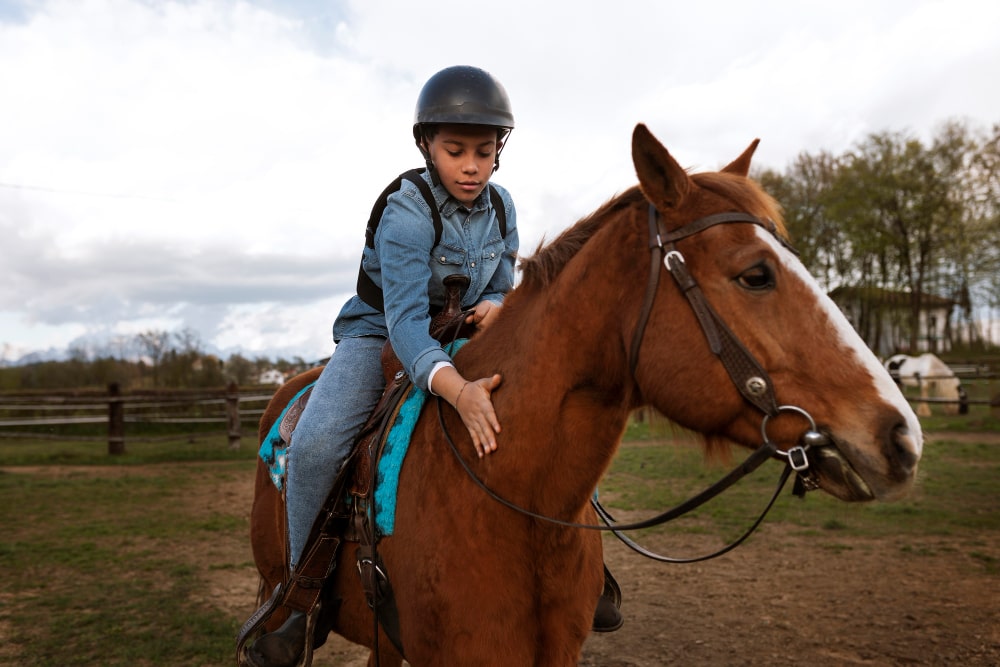
Why Is My Horse Bunny ...
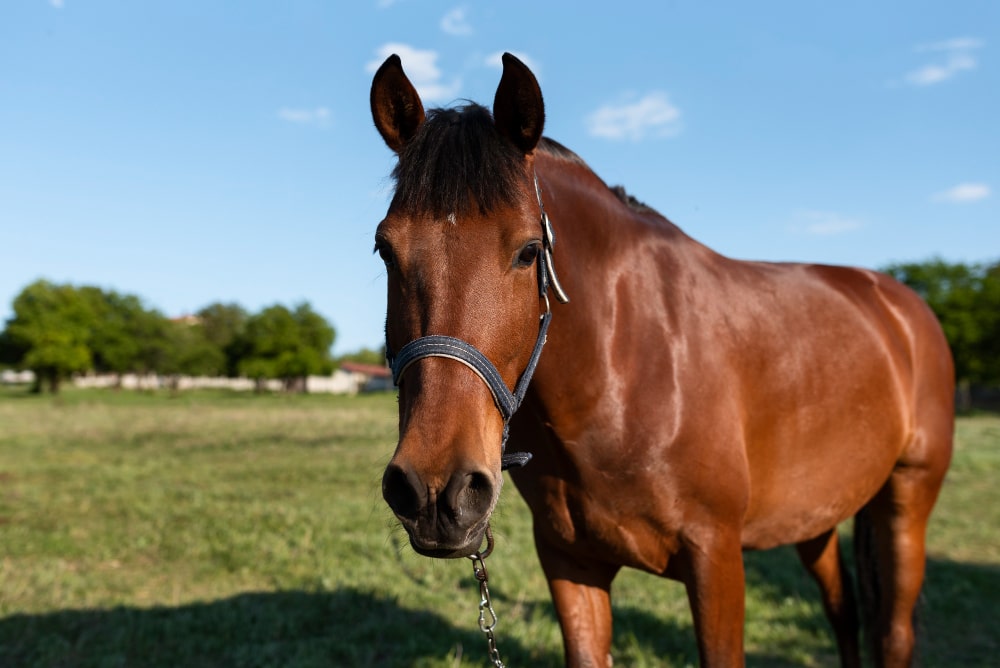
How To Improve Pasture For ...
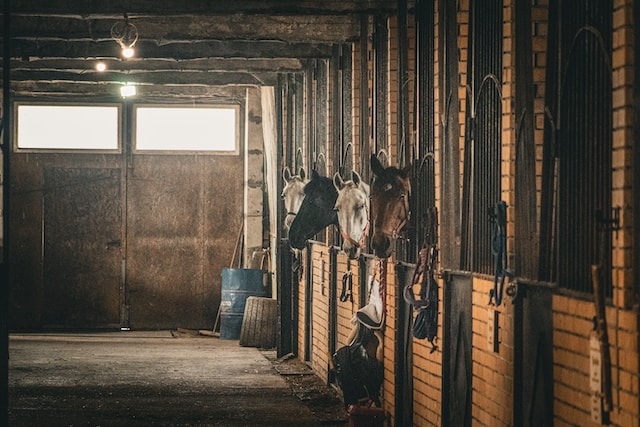
How to get the smell ...

Can you add ramp to ...

What Is The Temperament Of ...
.jpg)
Why Is Friesian Horse Hair ...
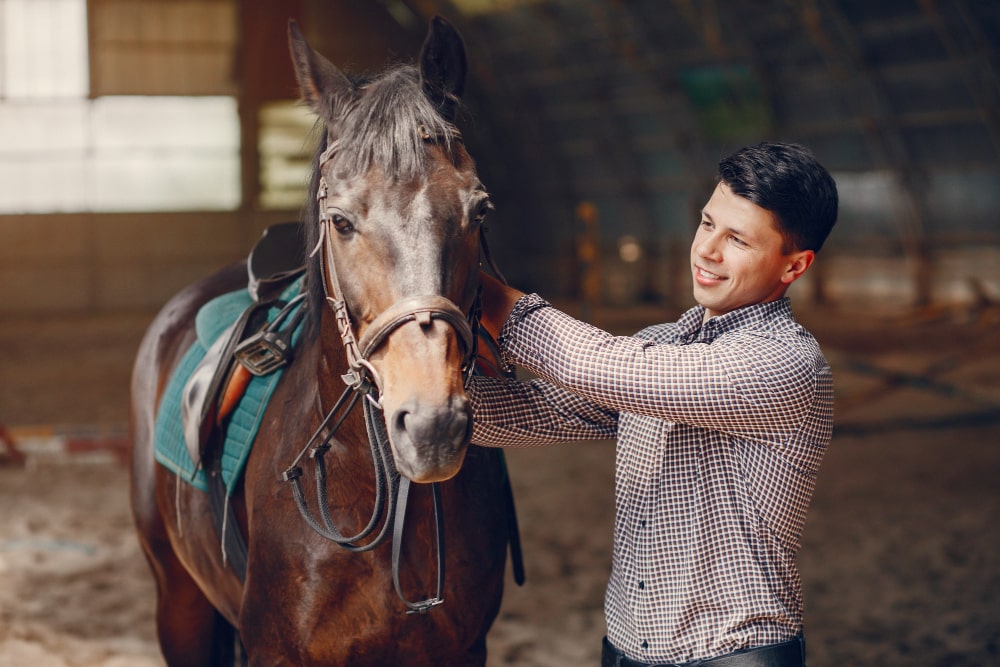
Why is my horse testing ...
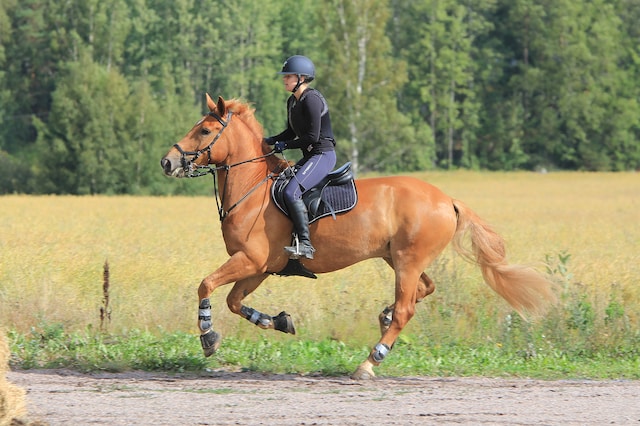
How often you should take ...
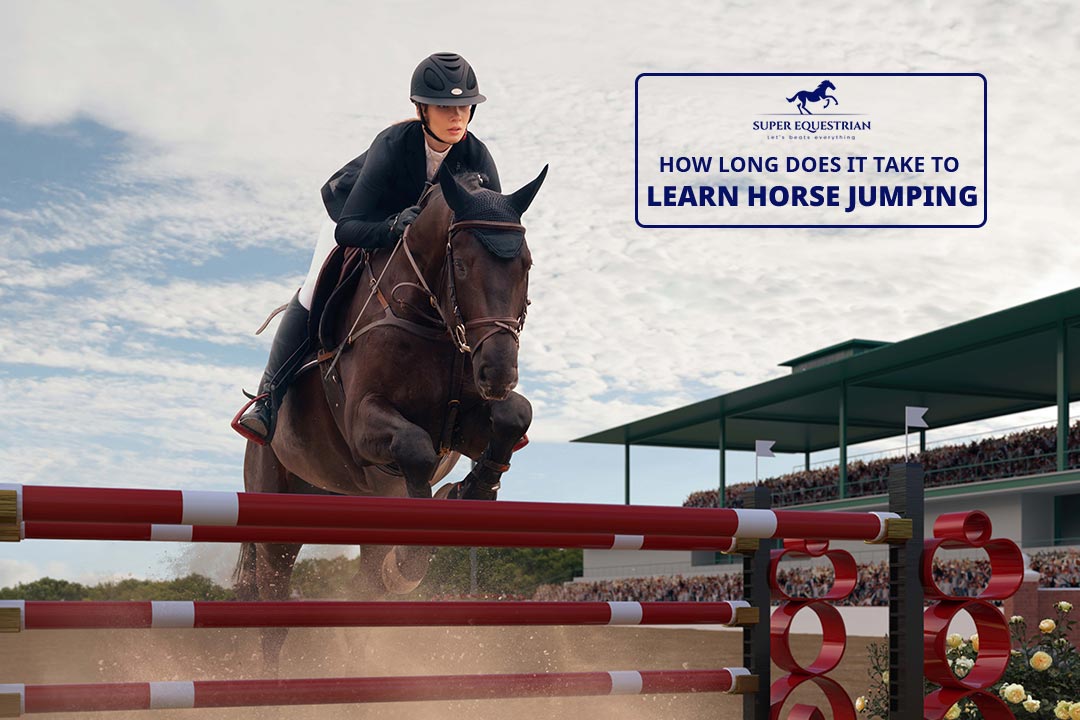
How long does it take ...
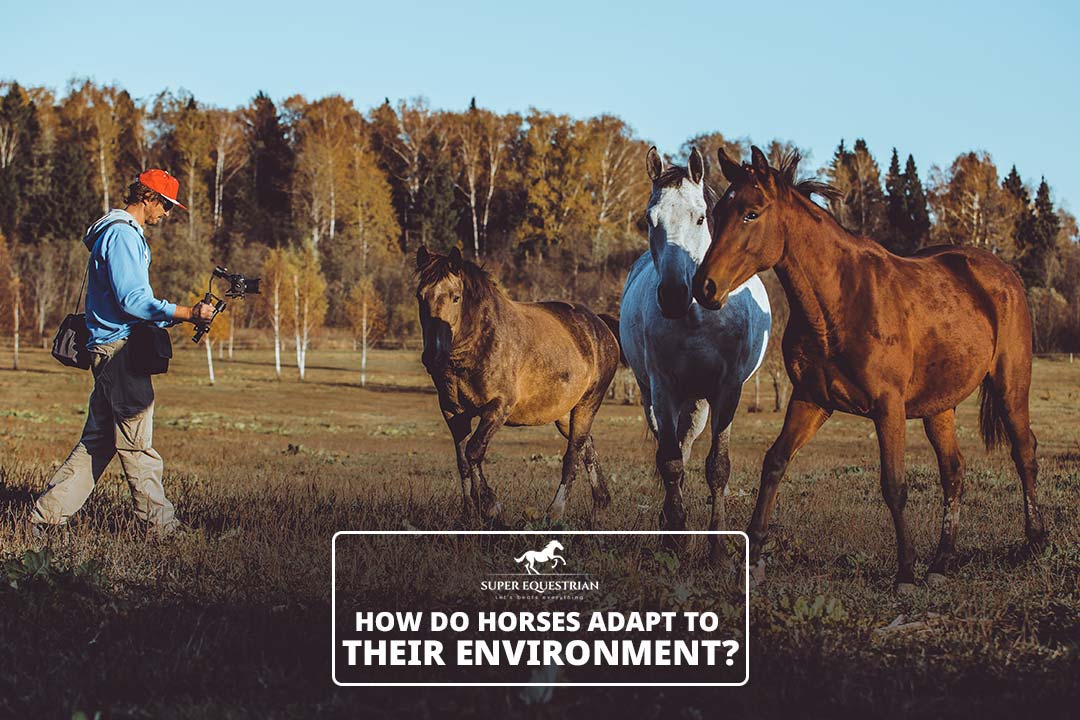
How do horses adapt to ...

How To Prepare For A ...
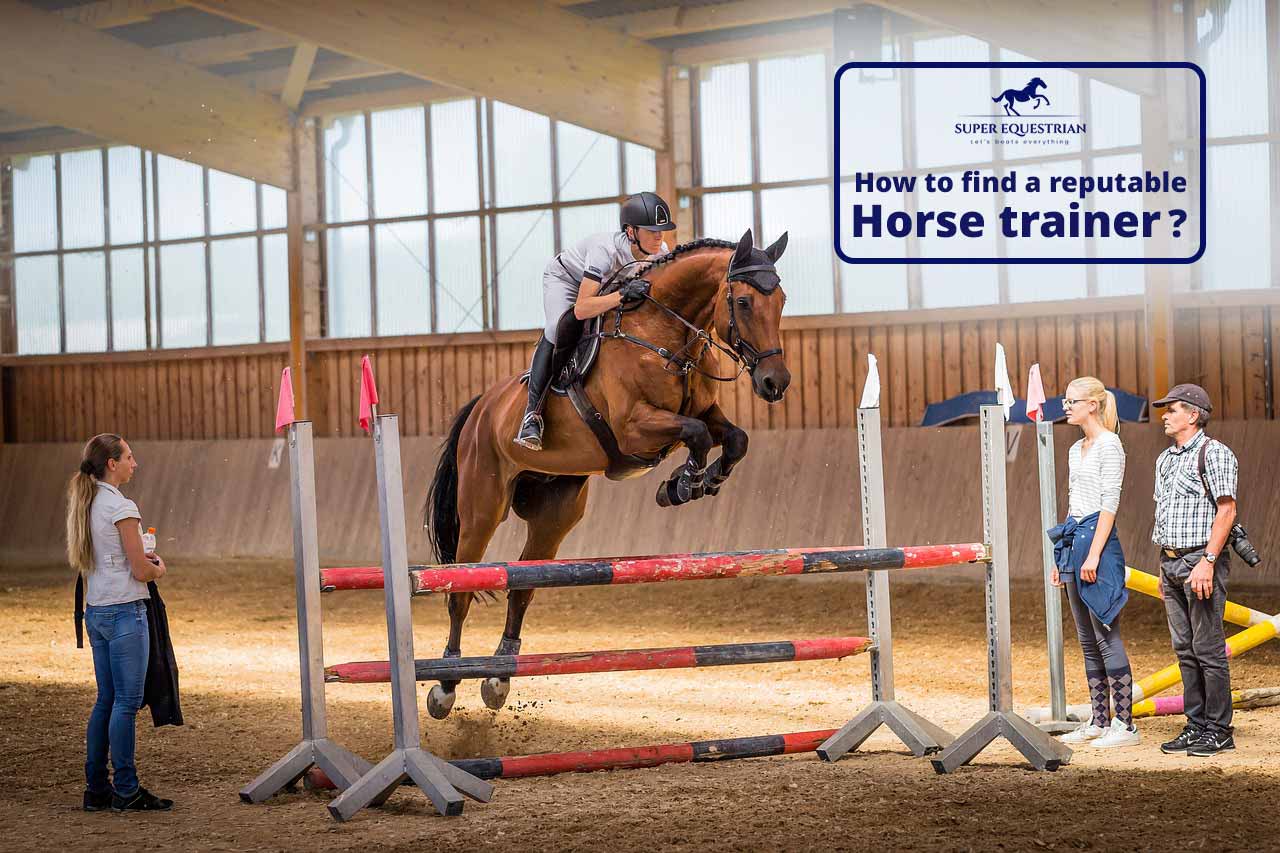
How To Find A Reputable ...
.jpg)
Do Horses Get Medals at ...

How to create a horse-...